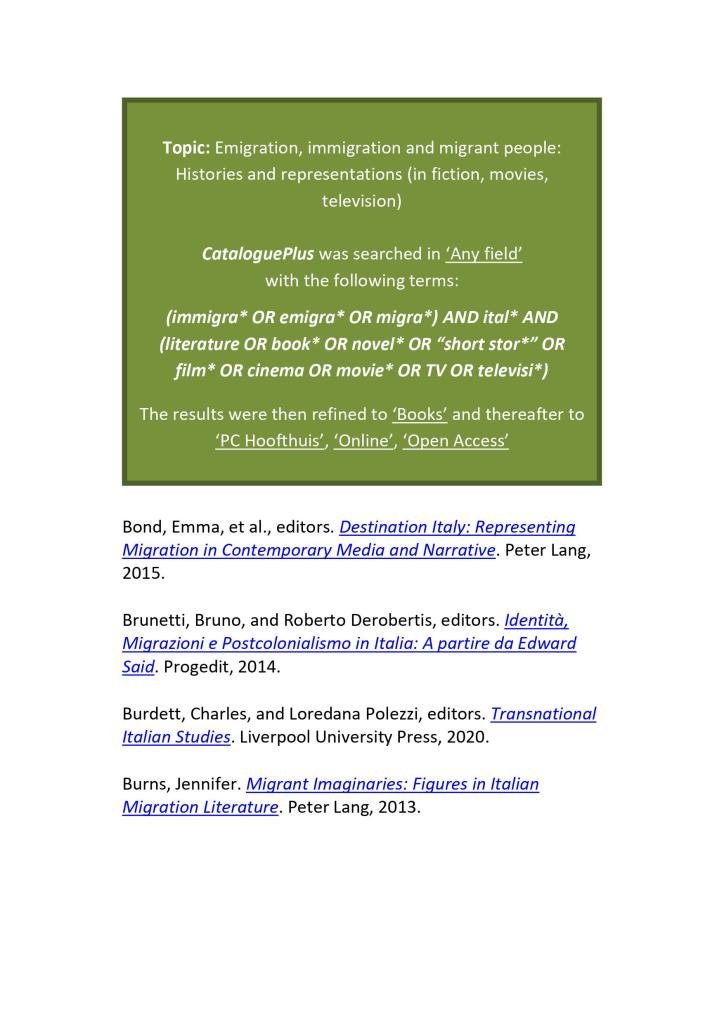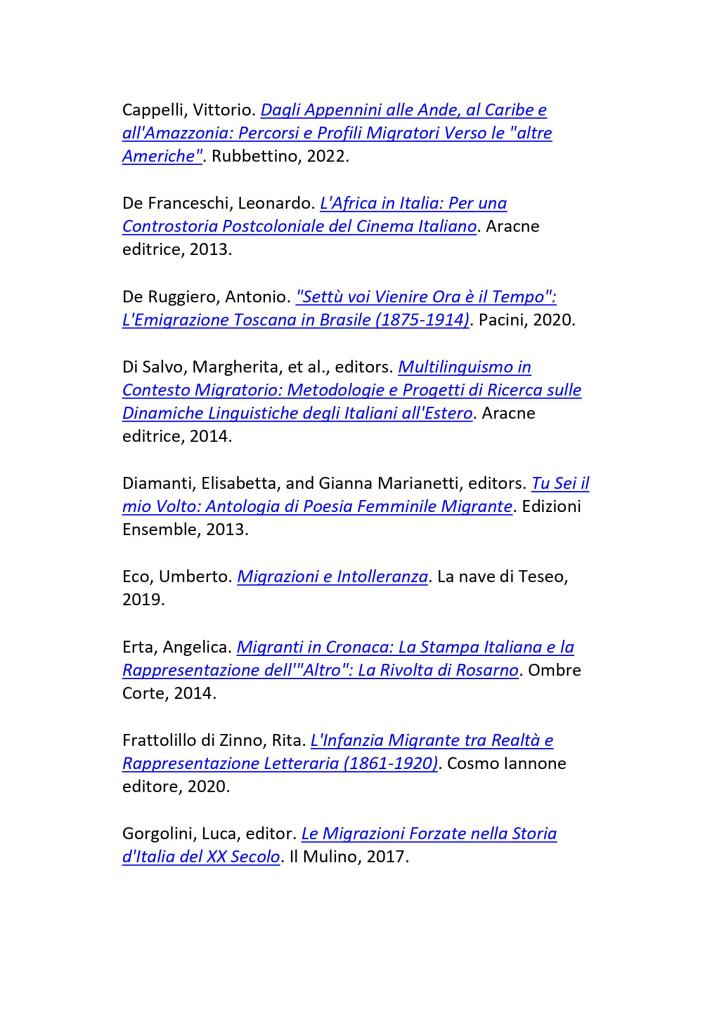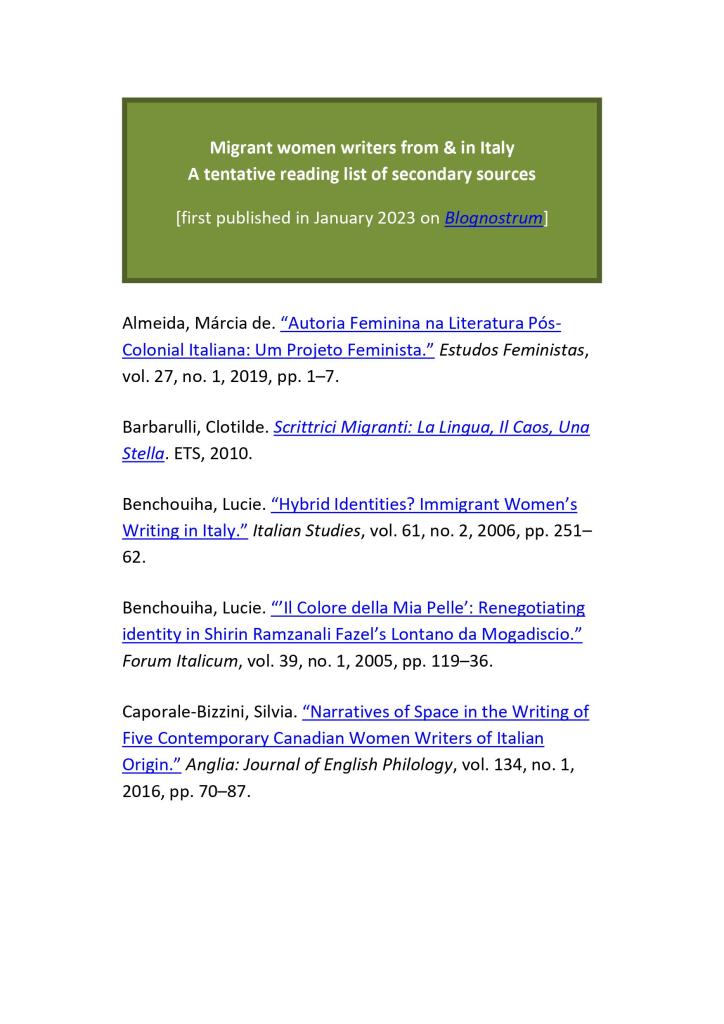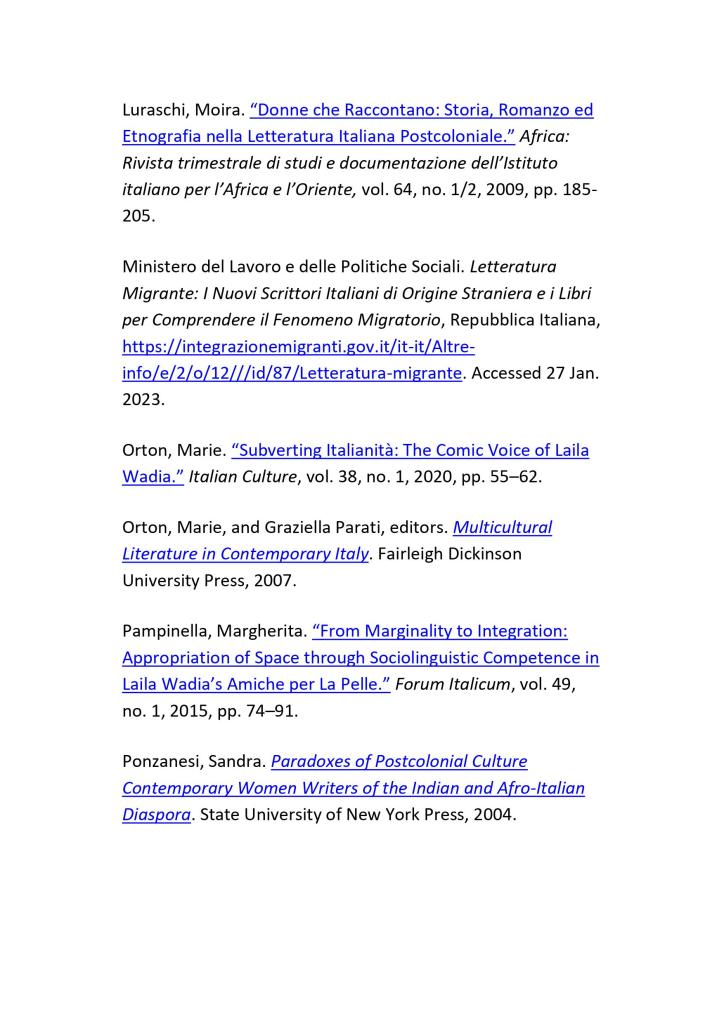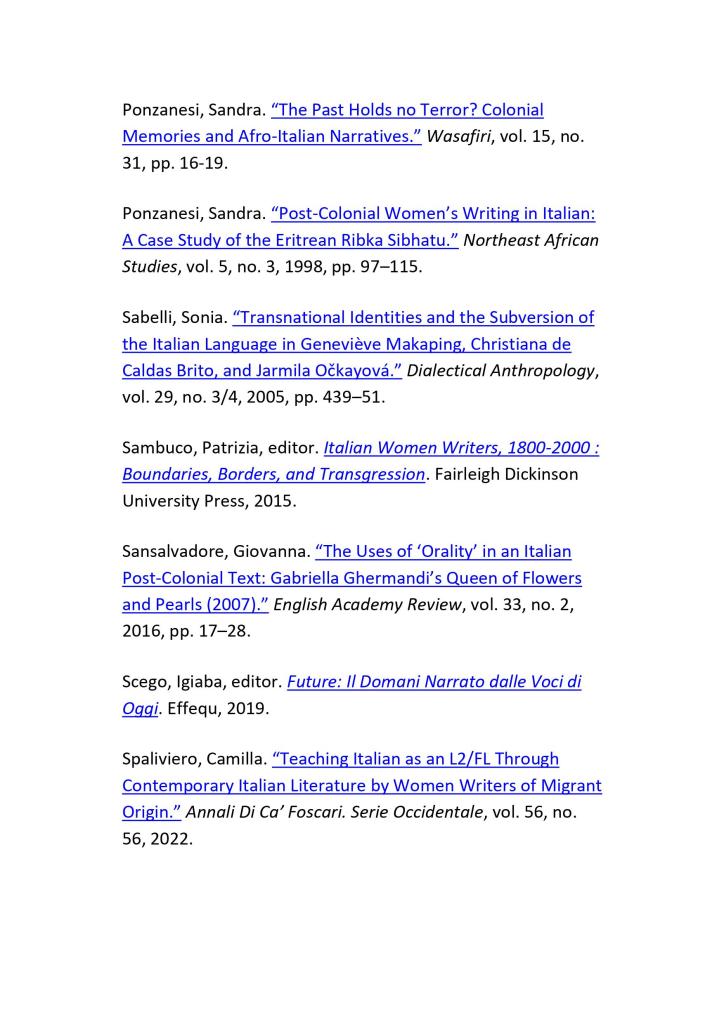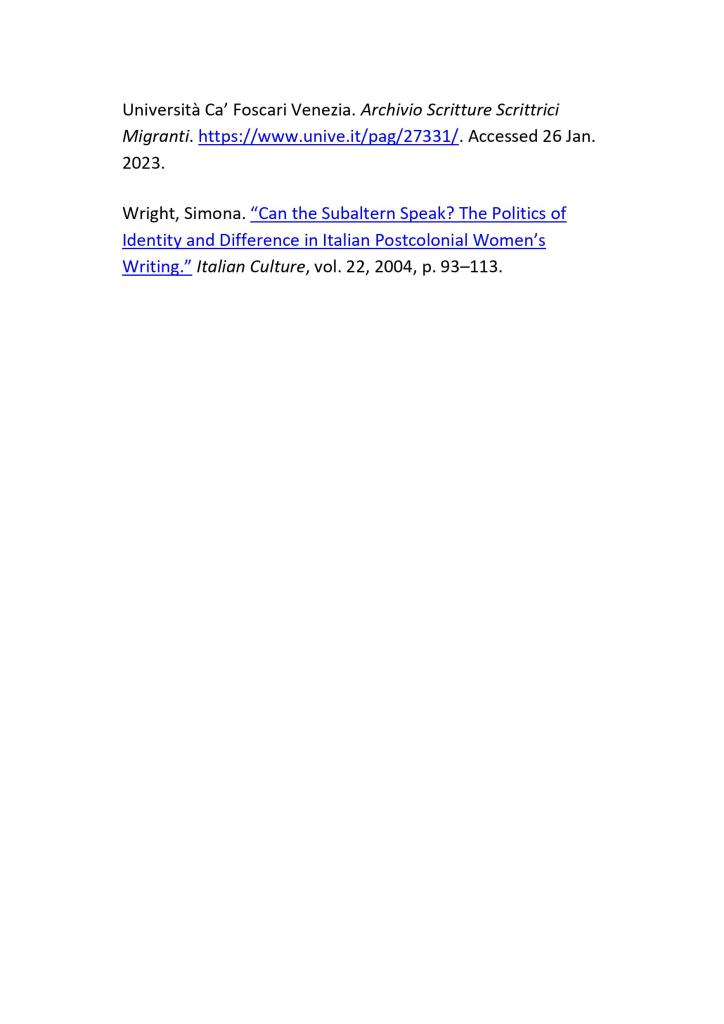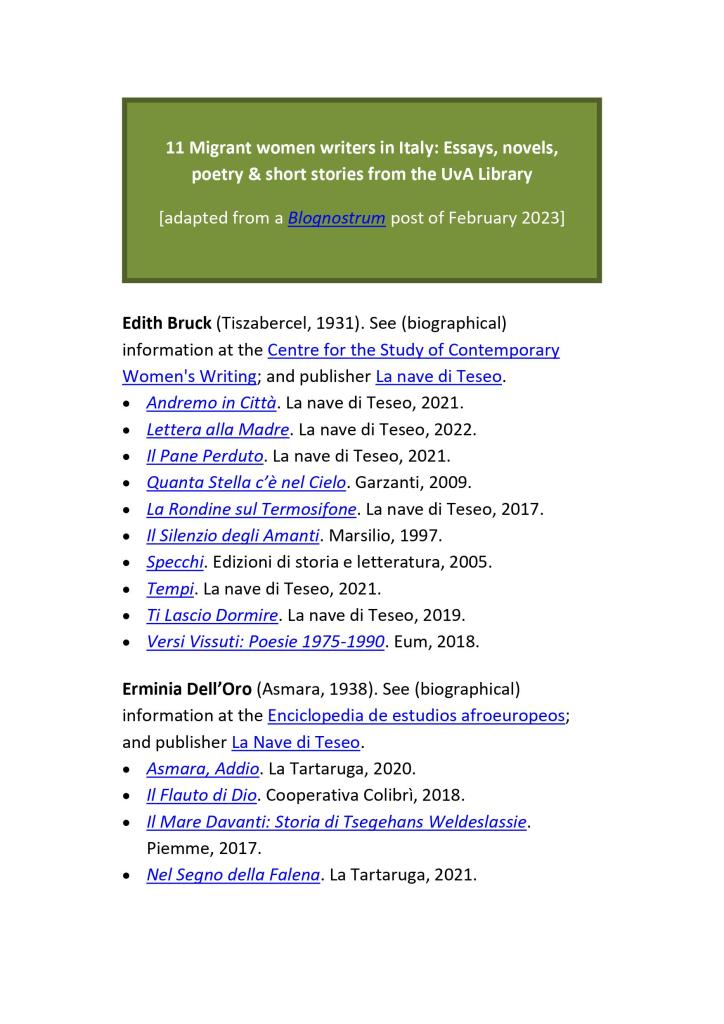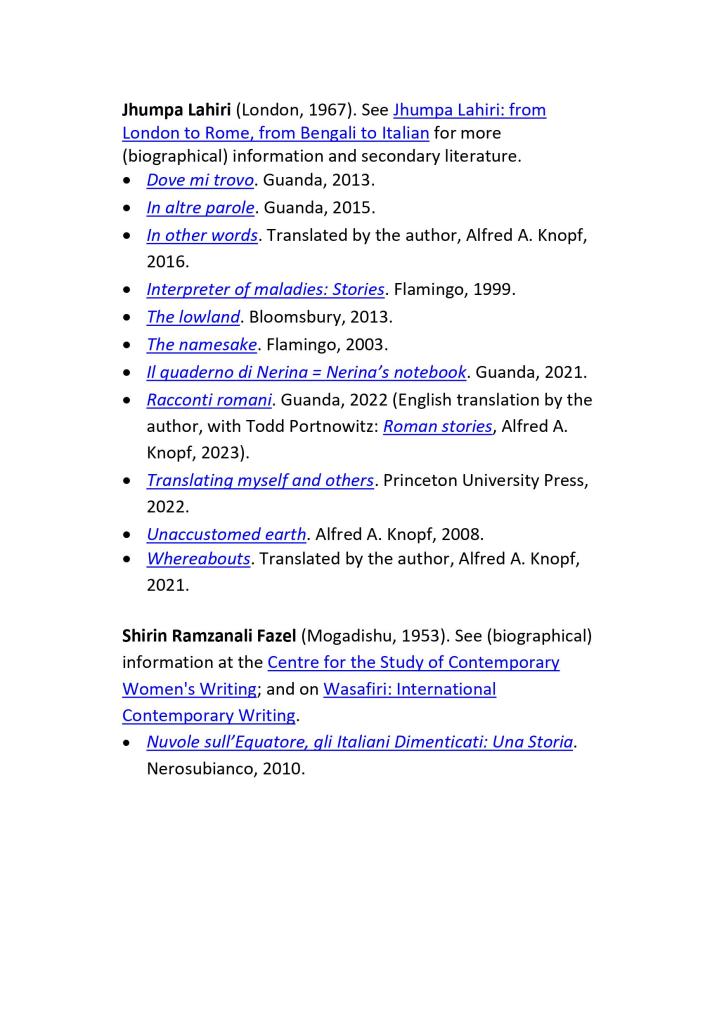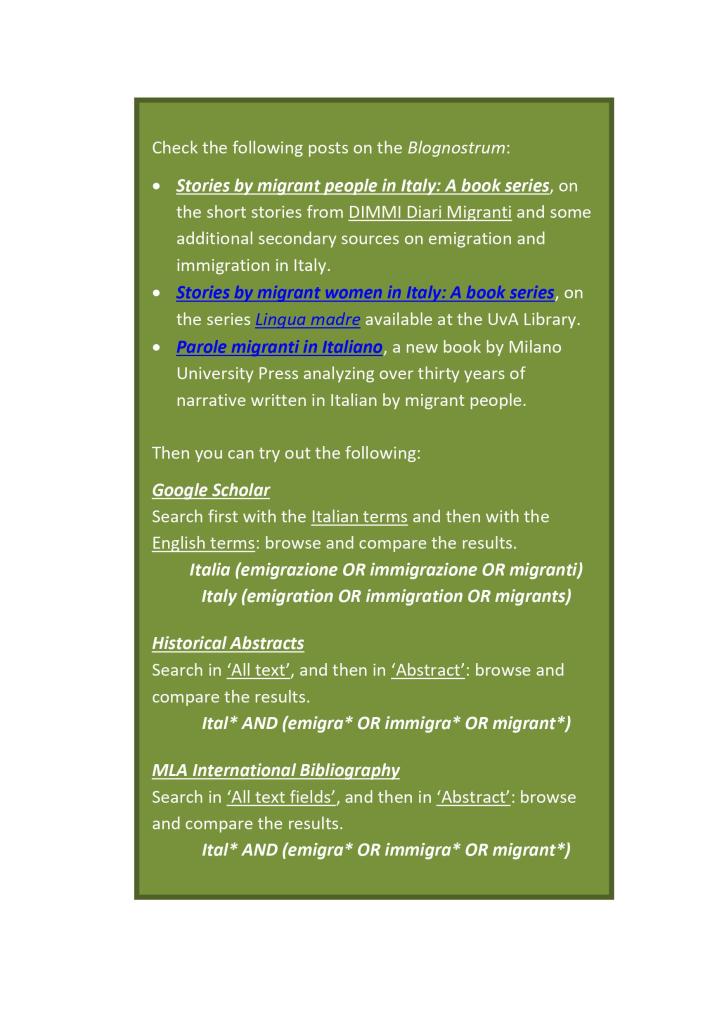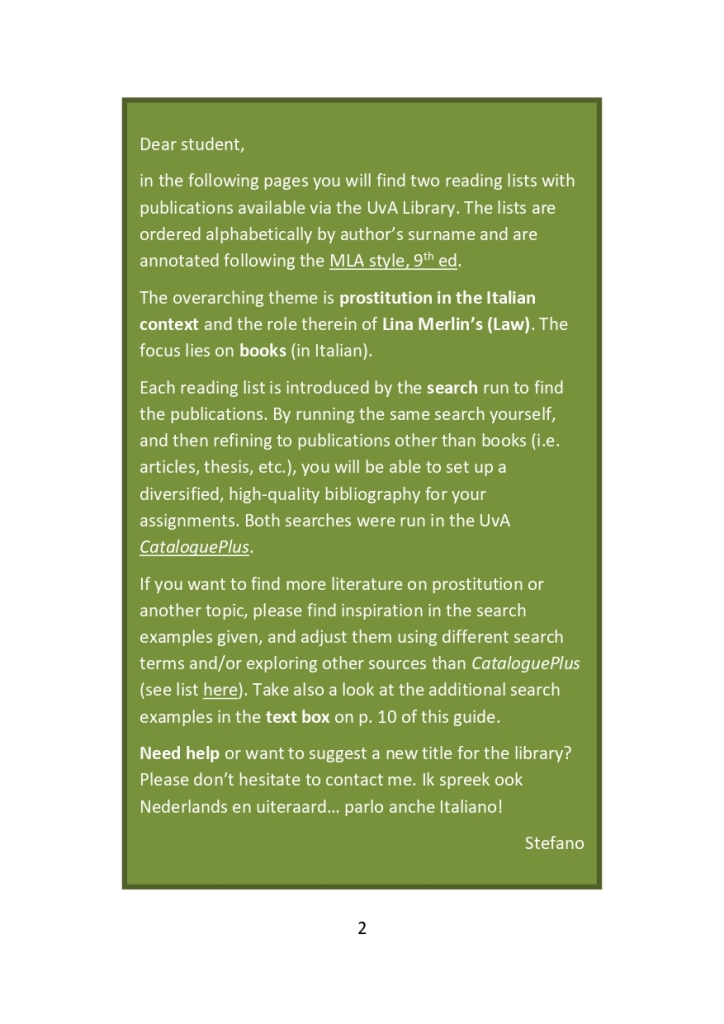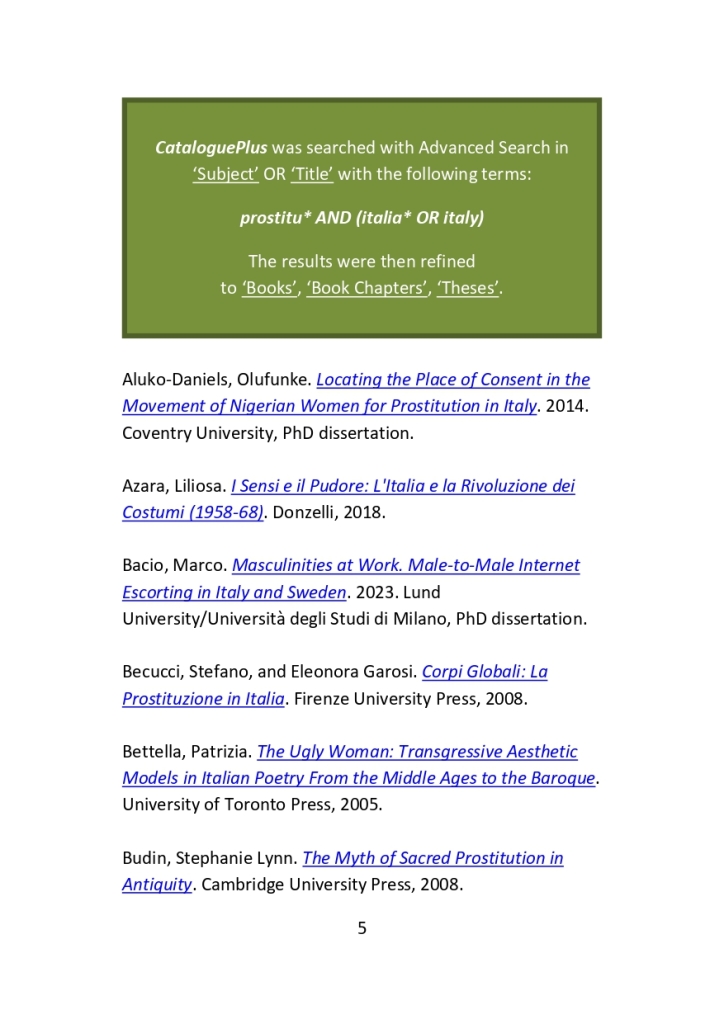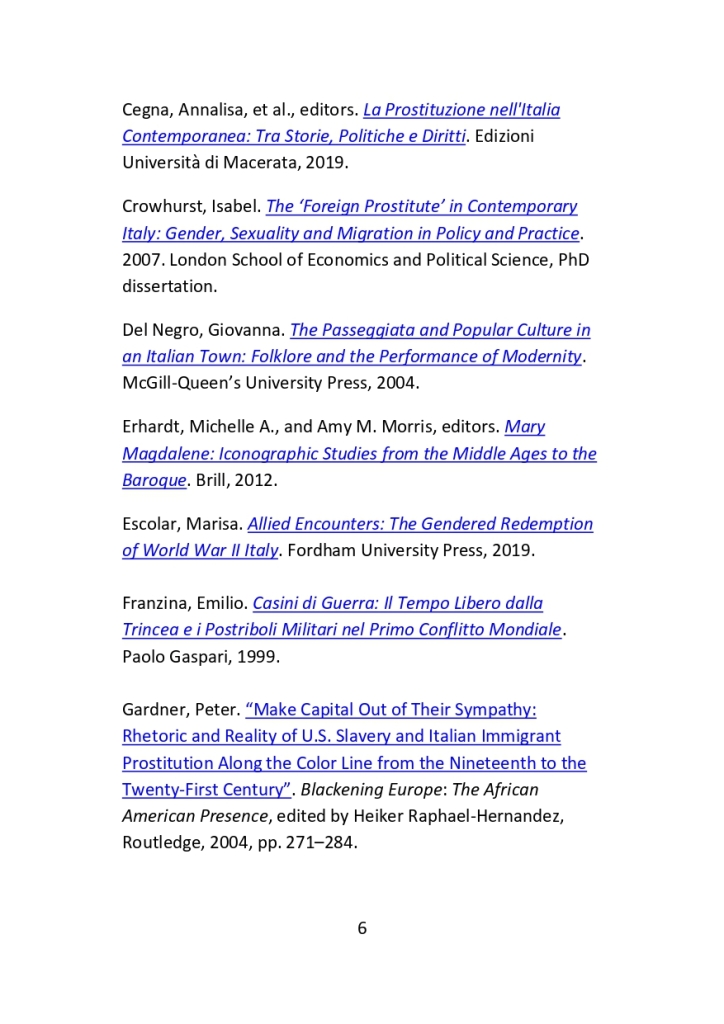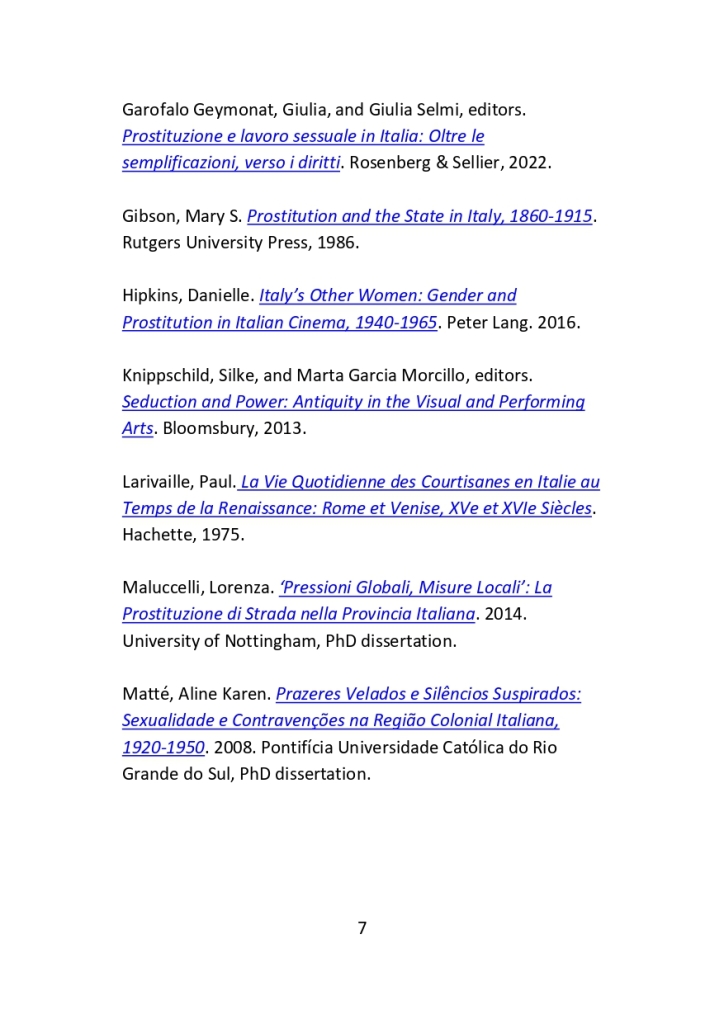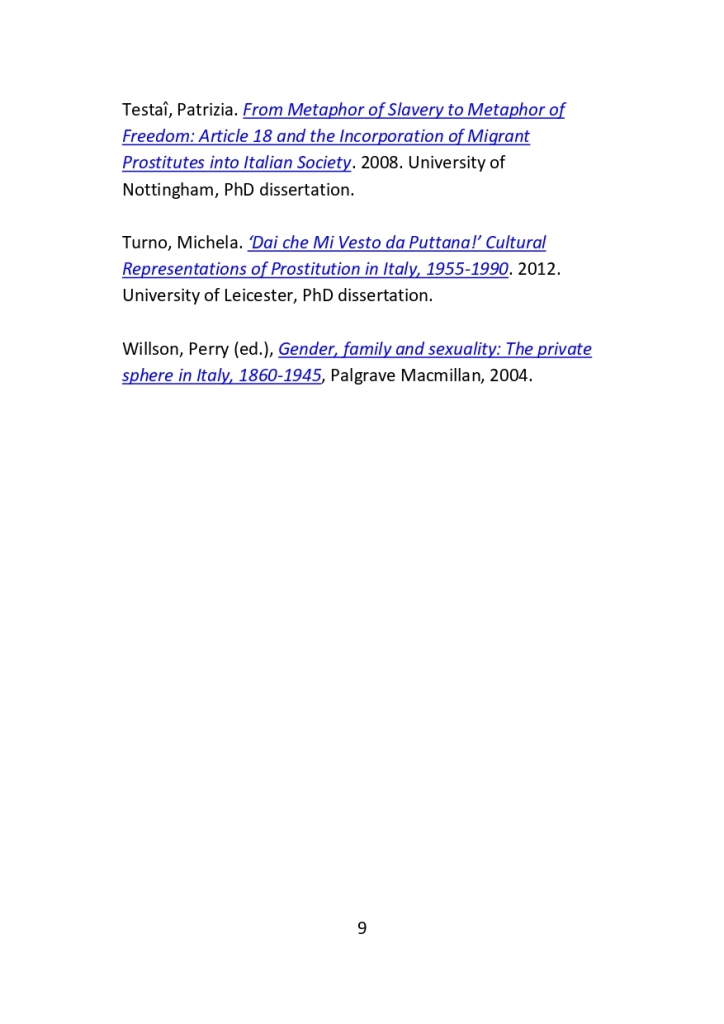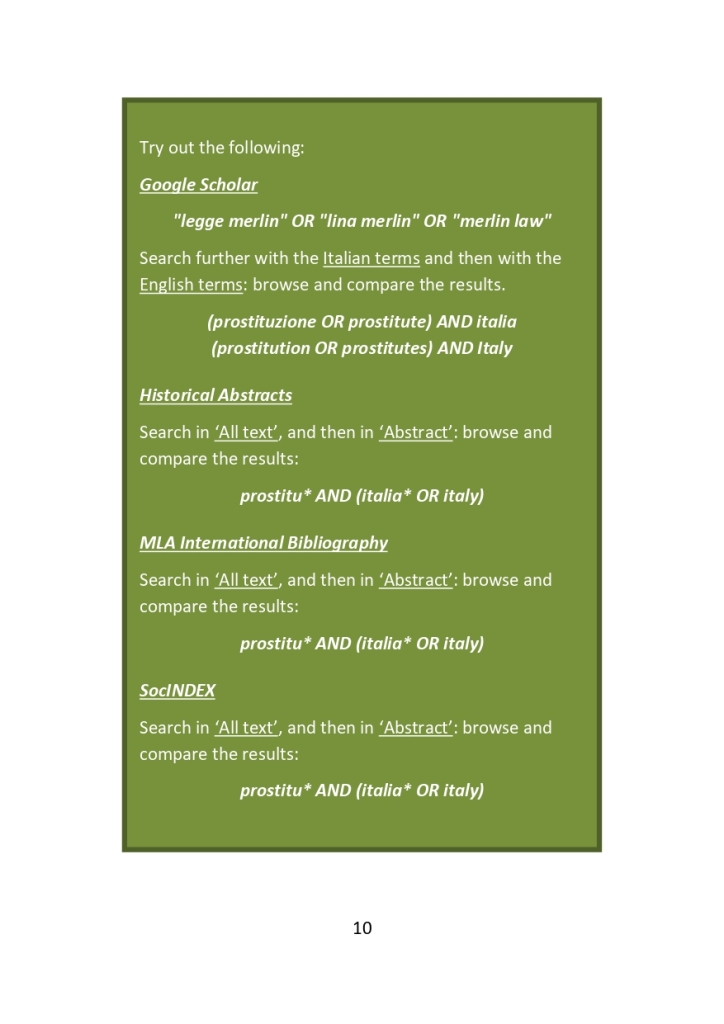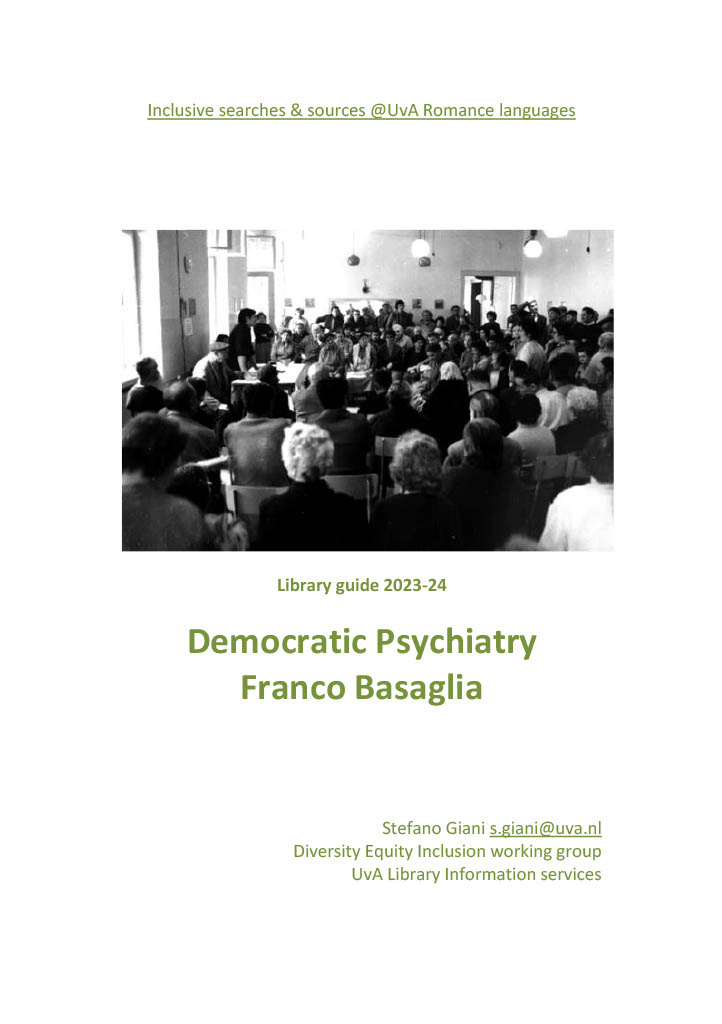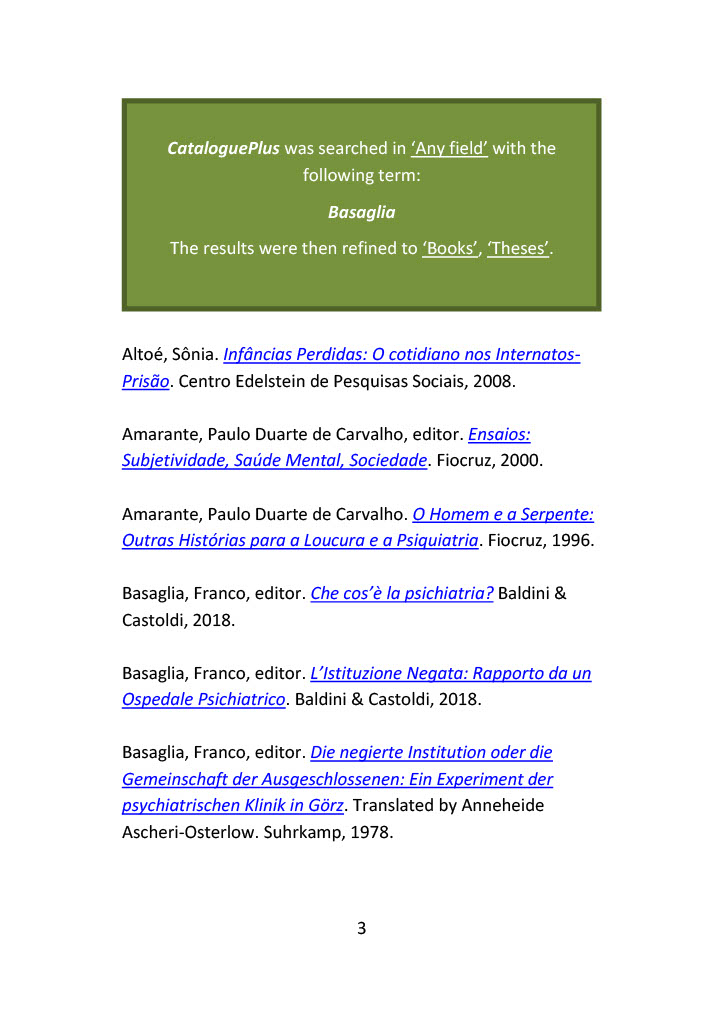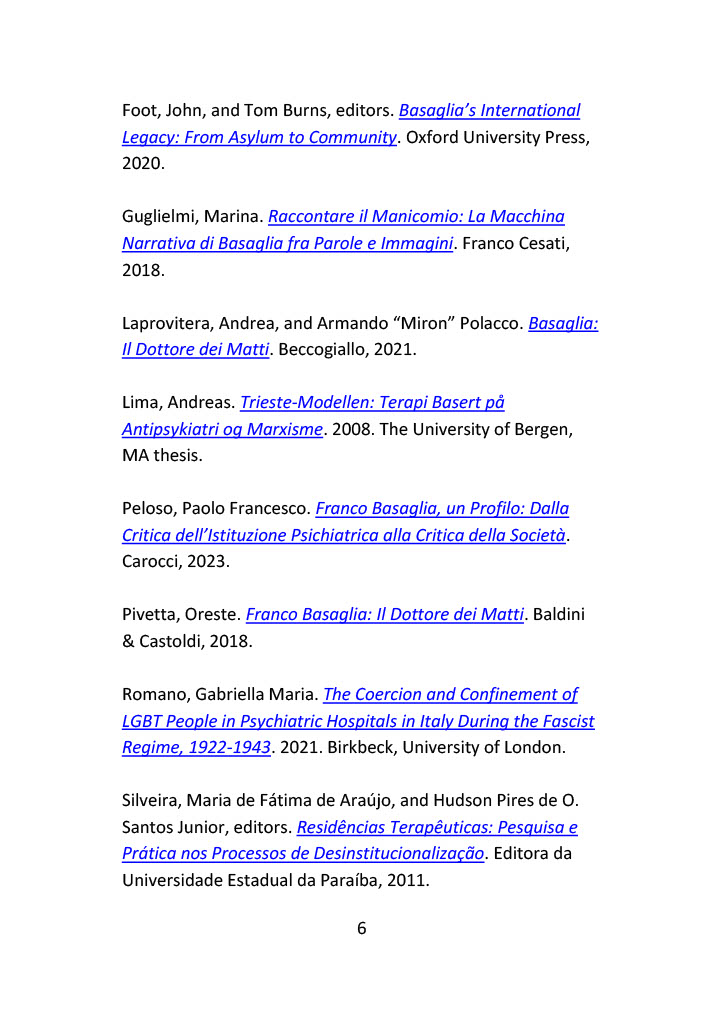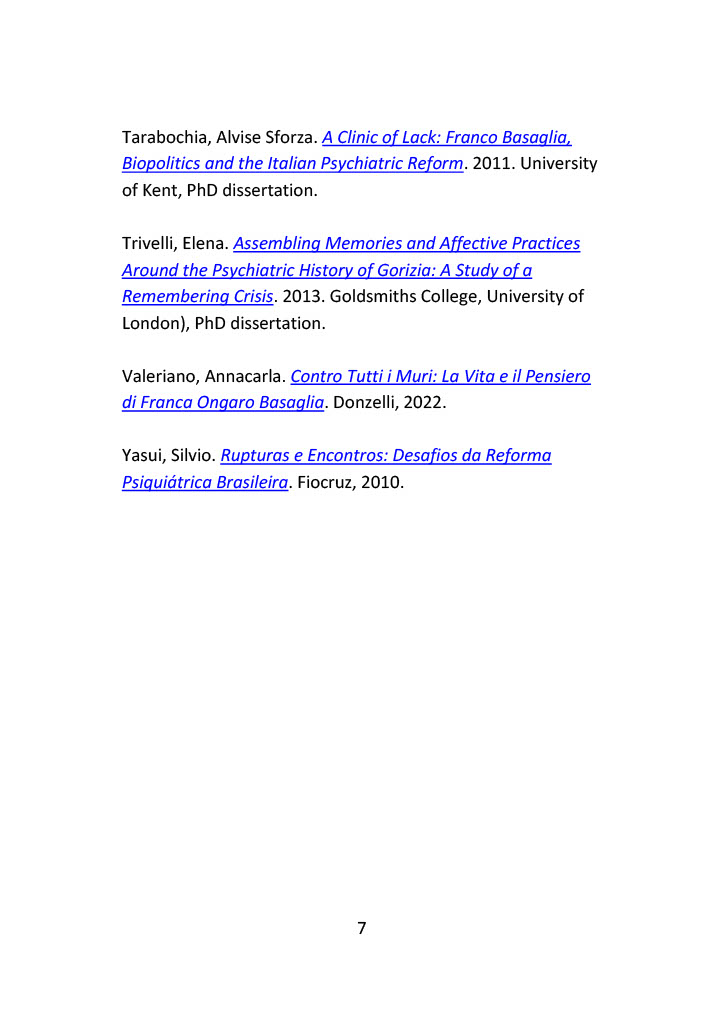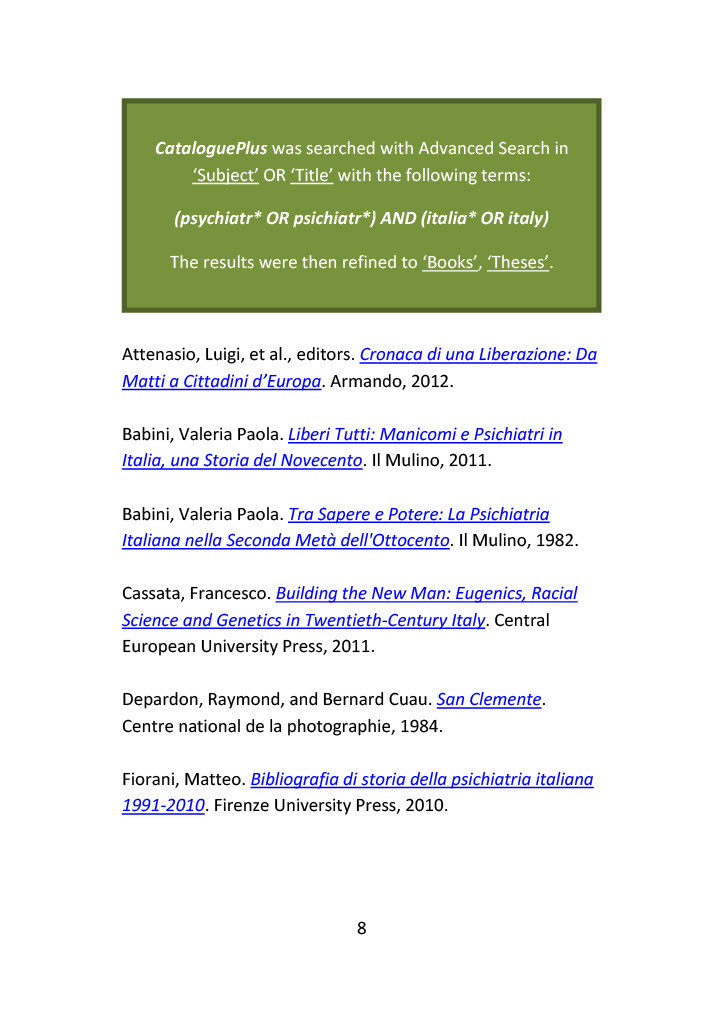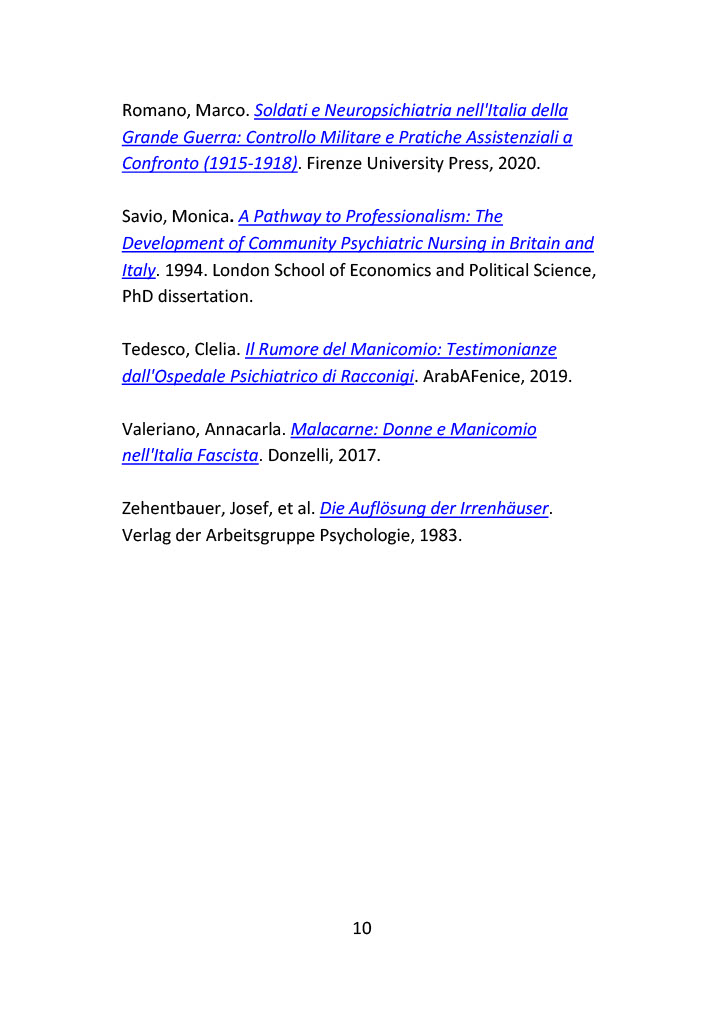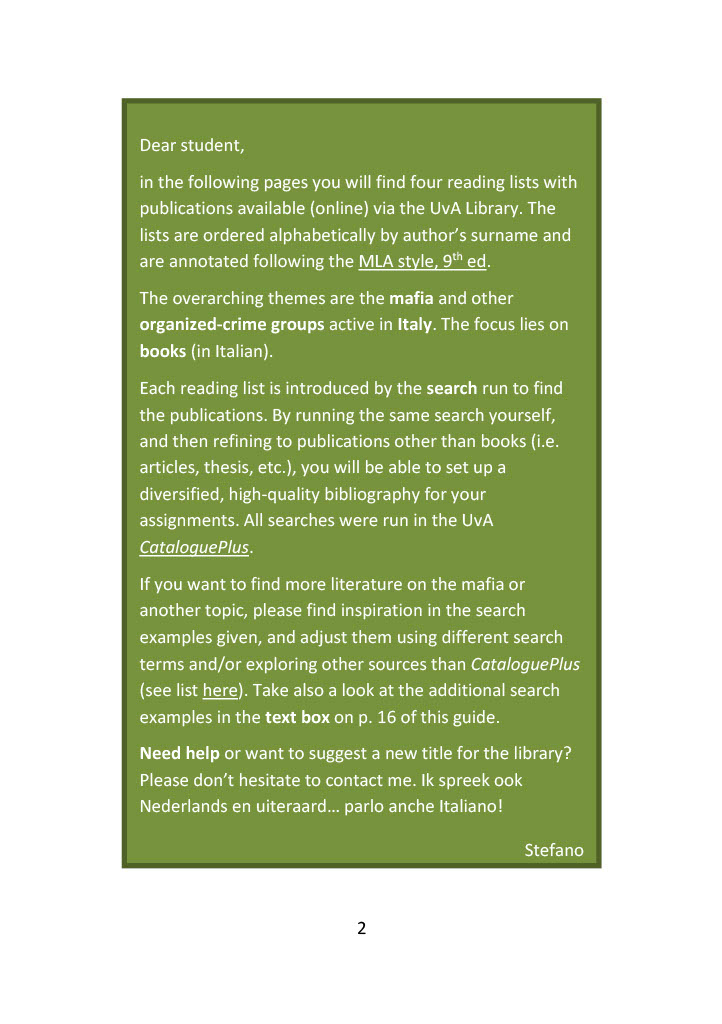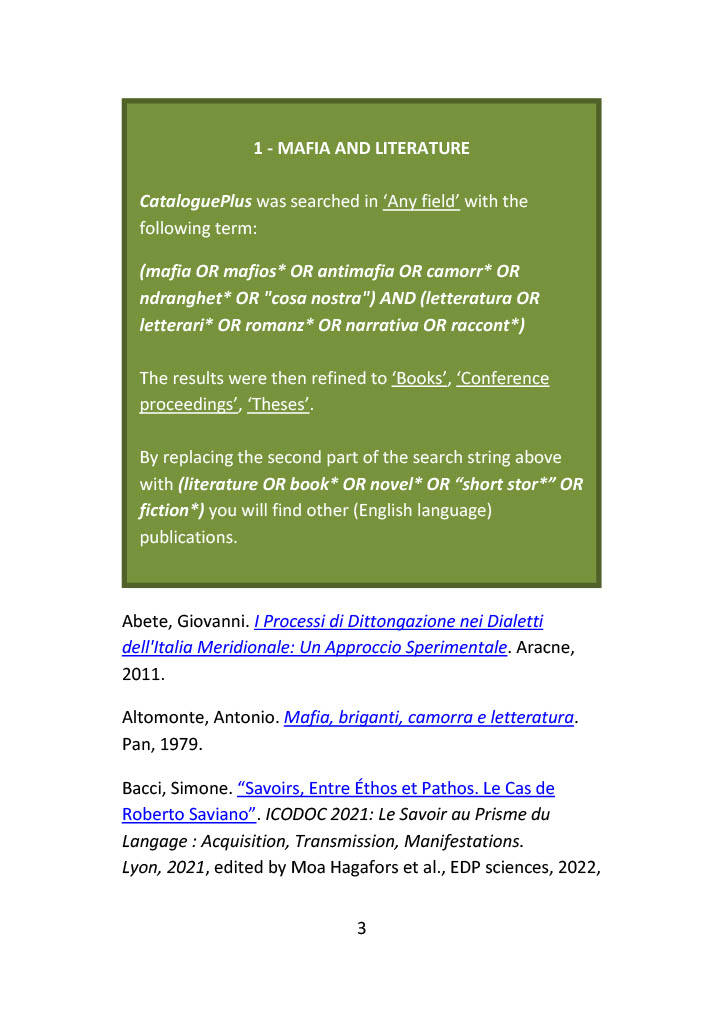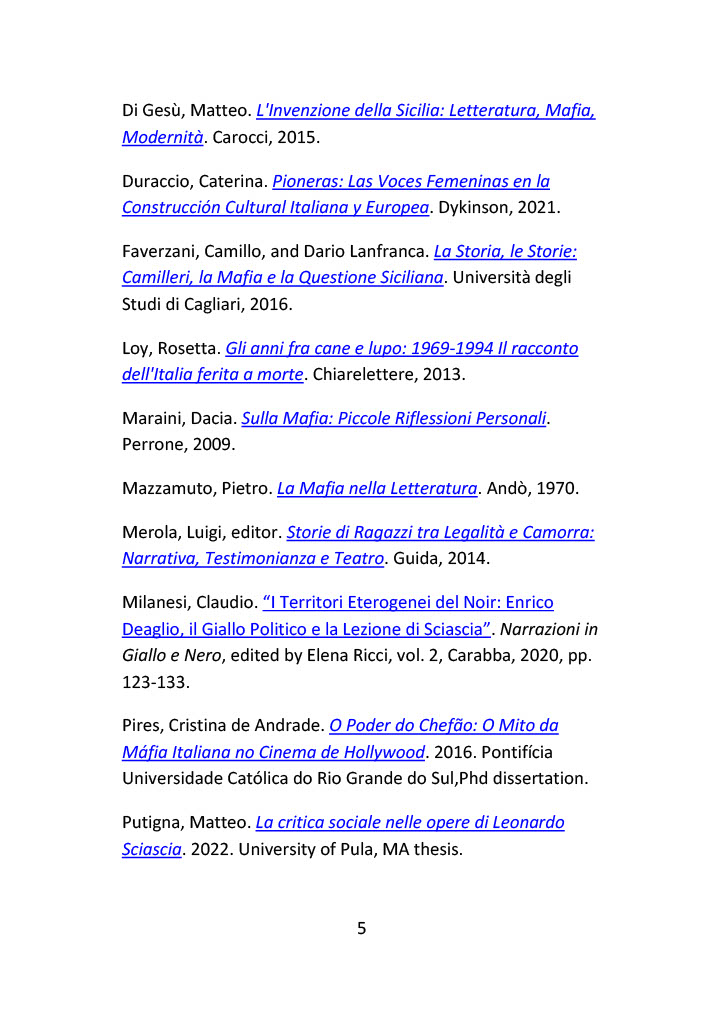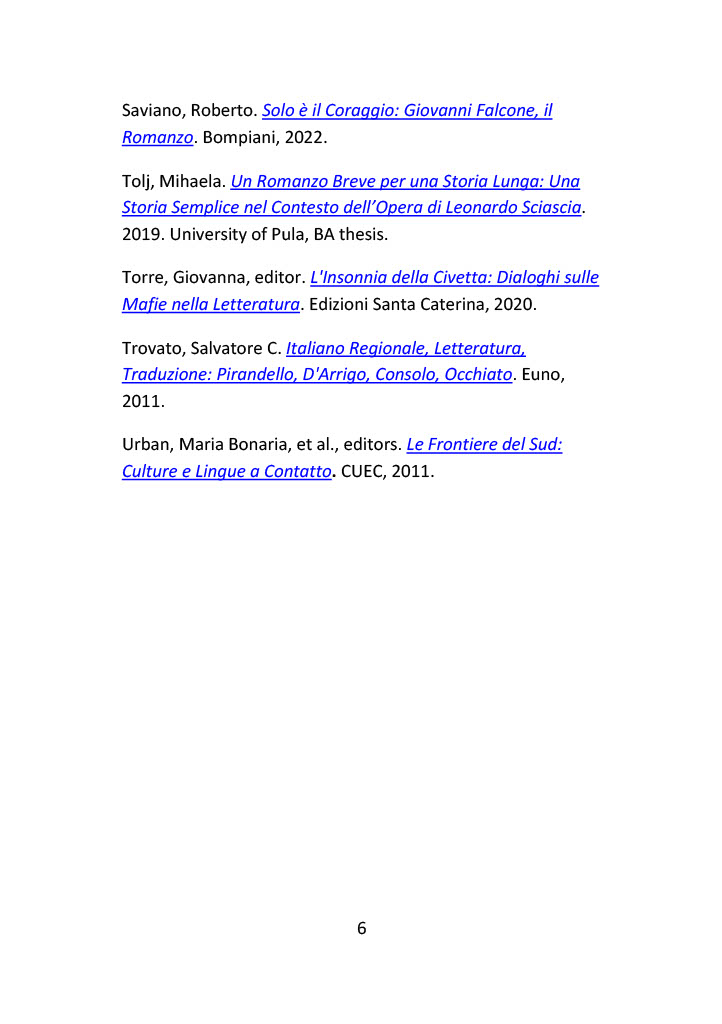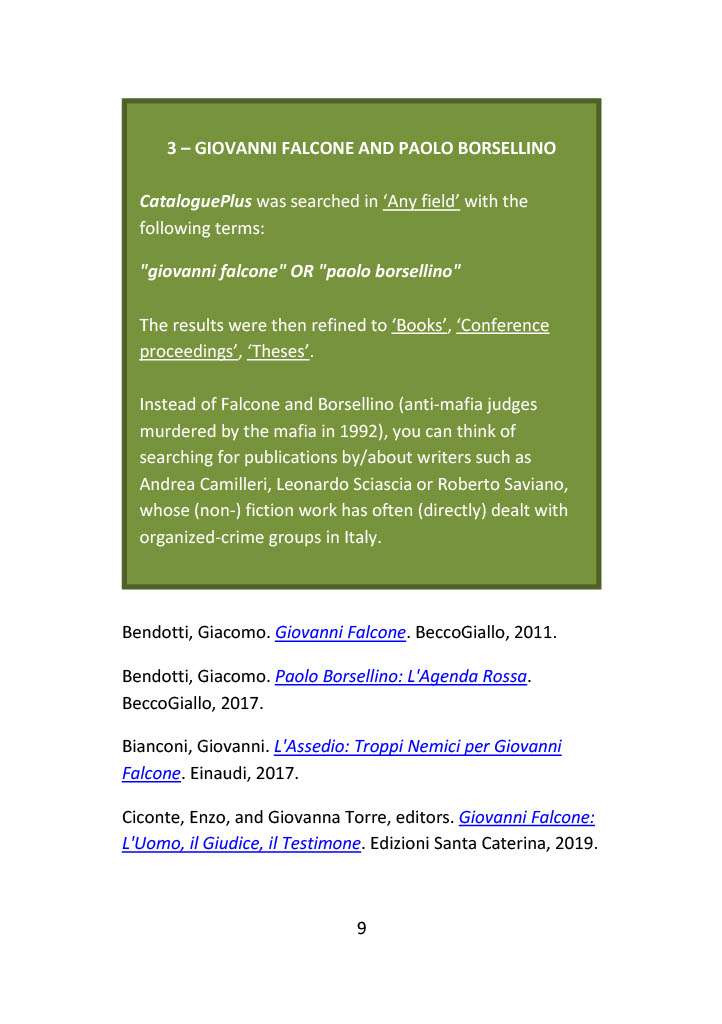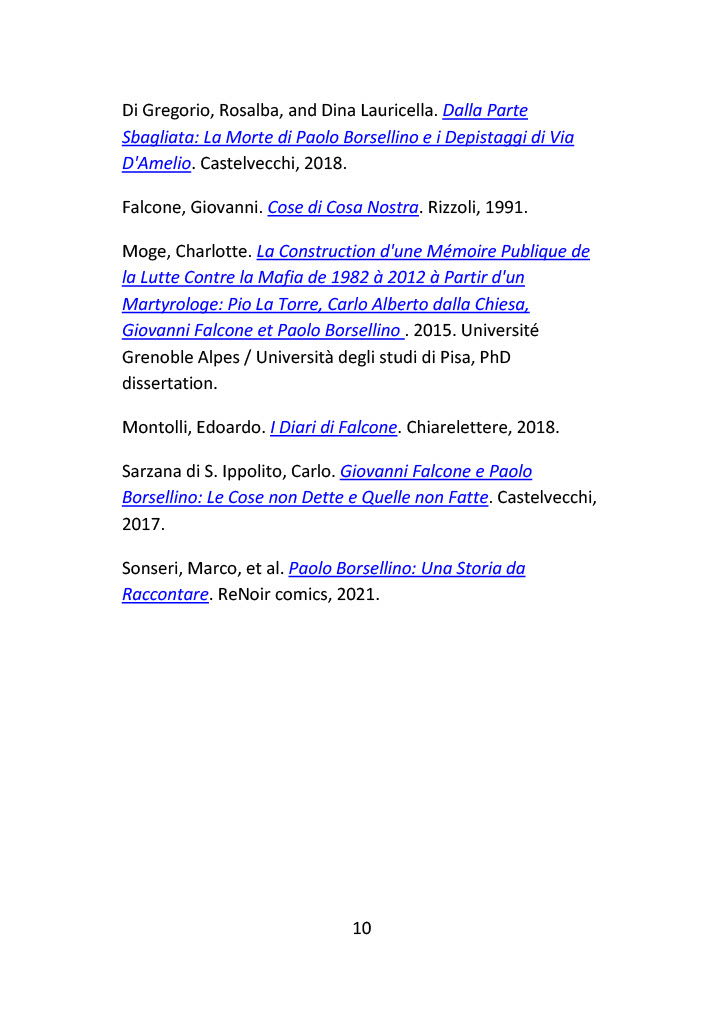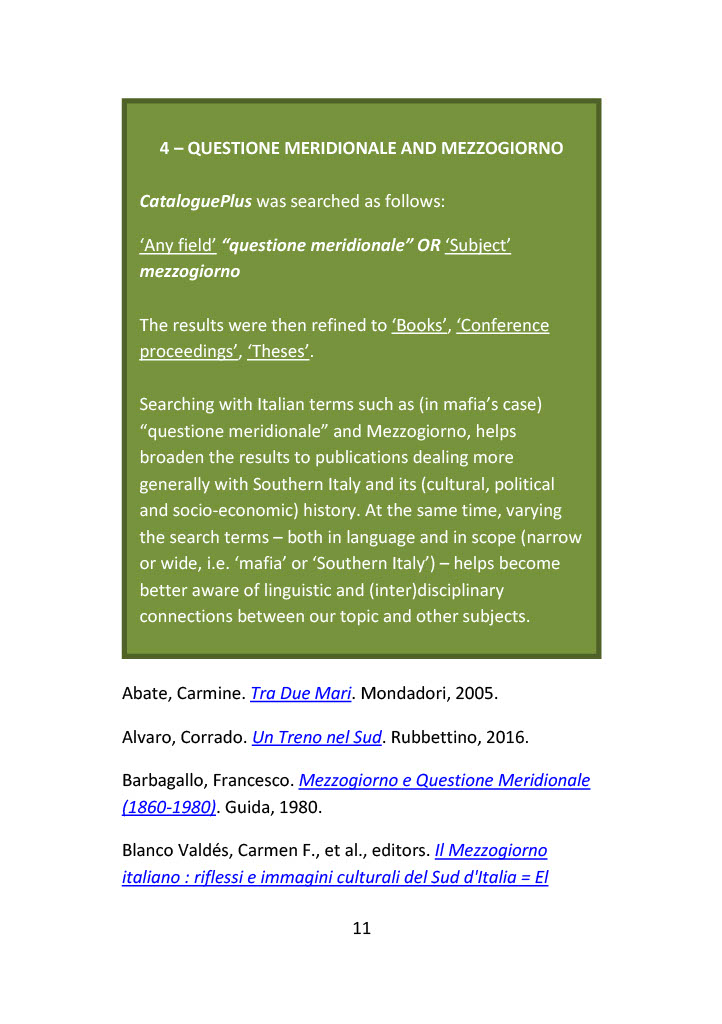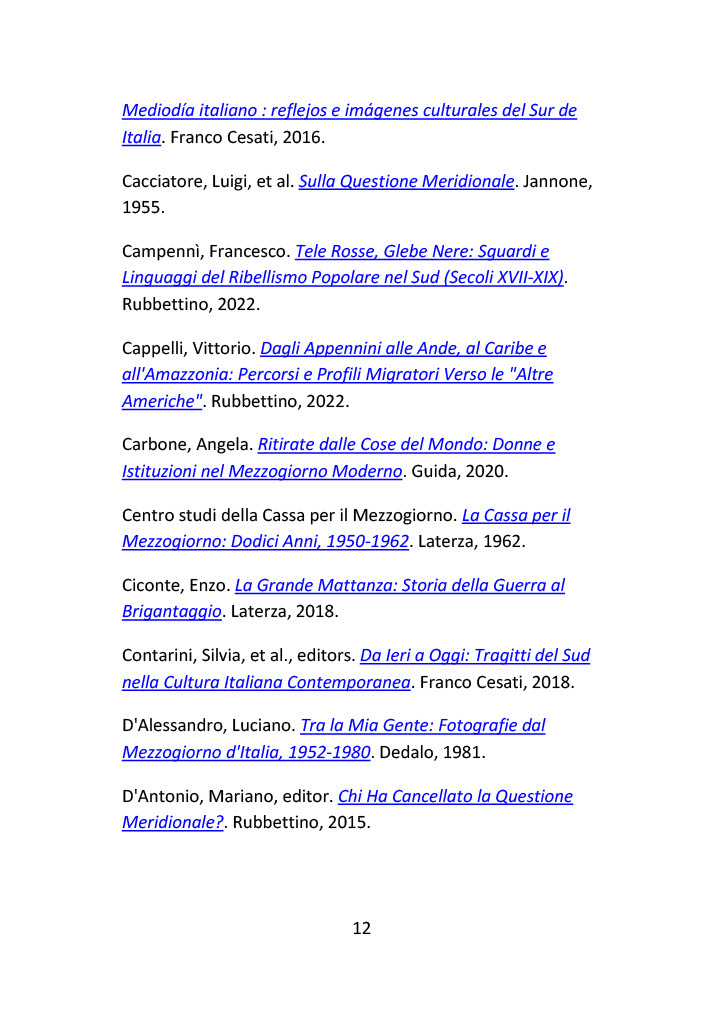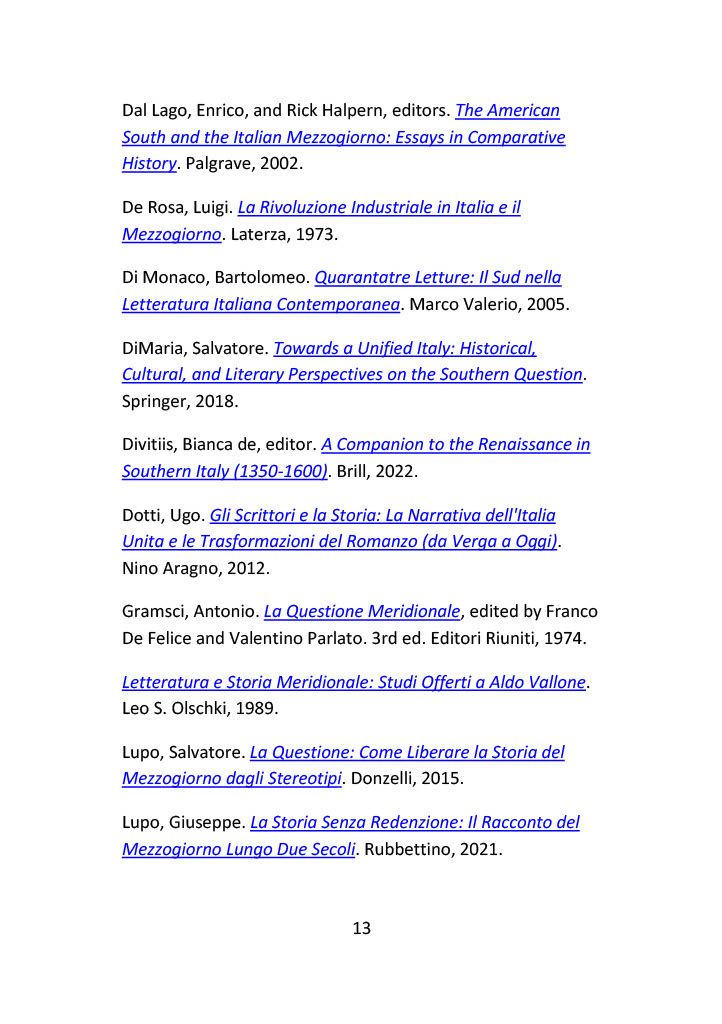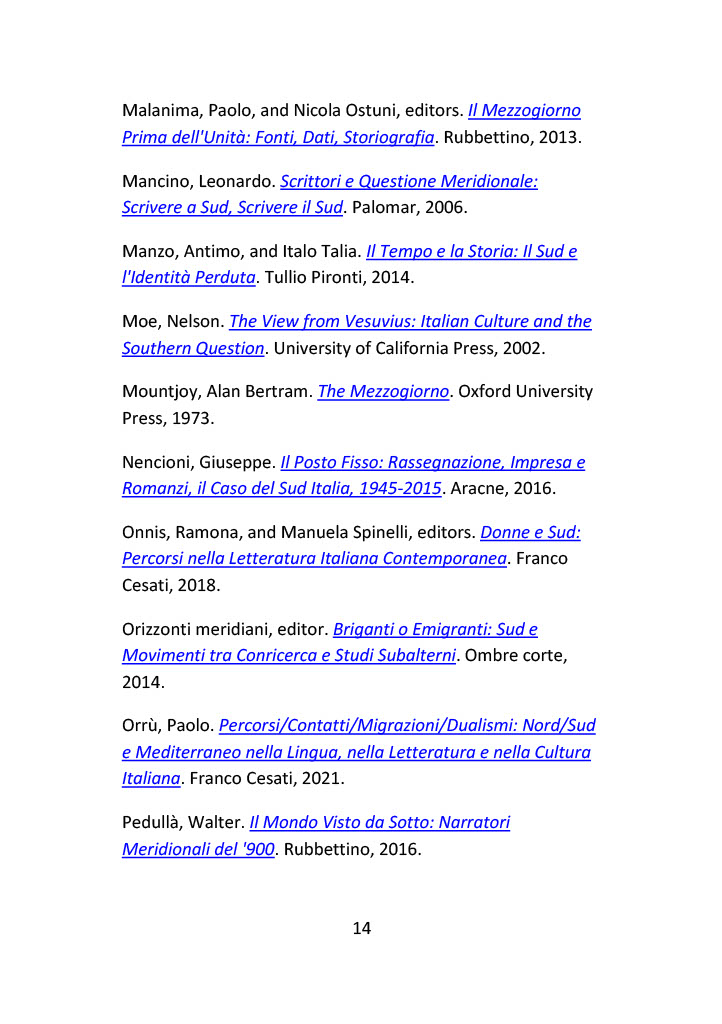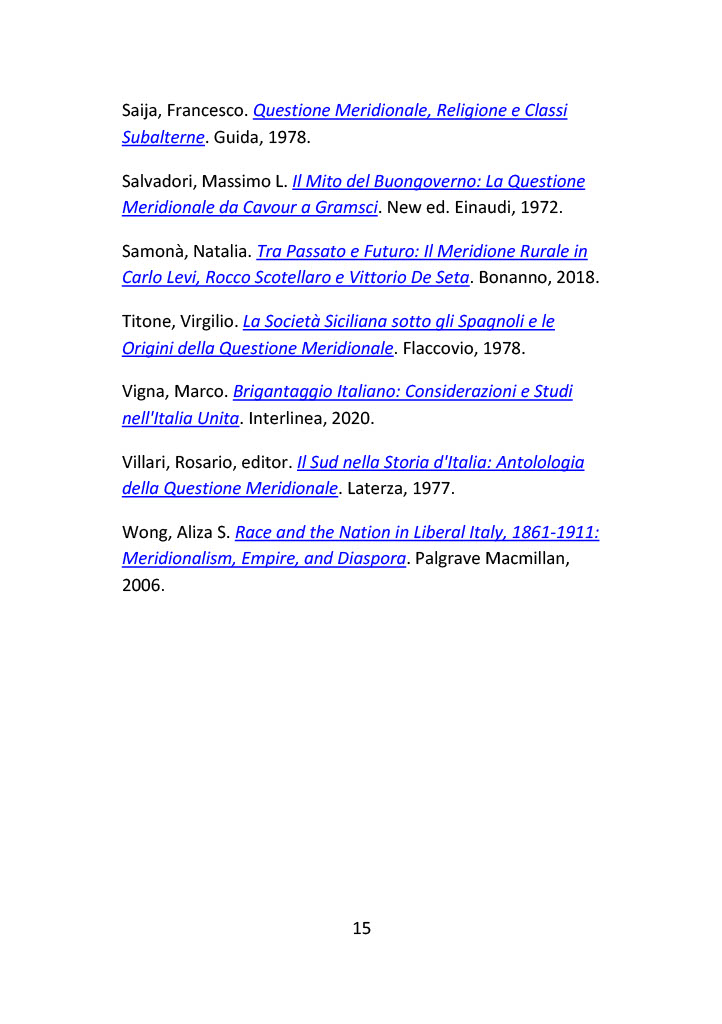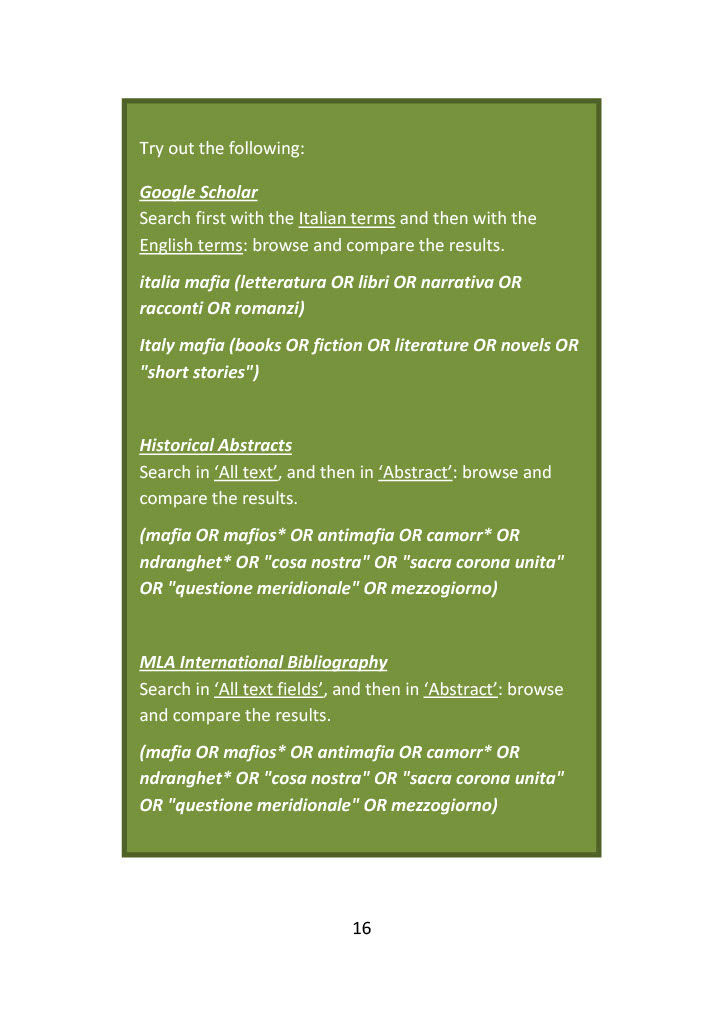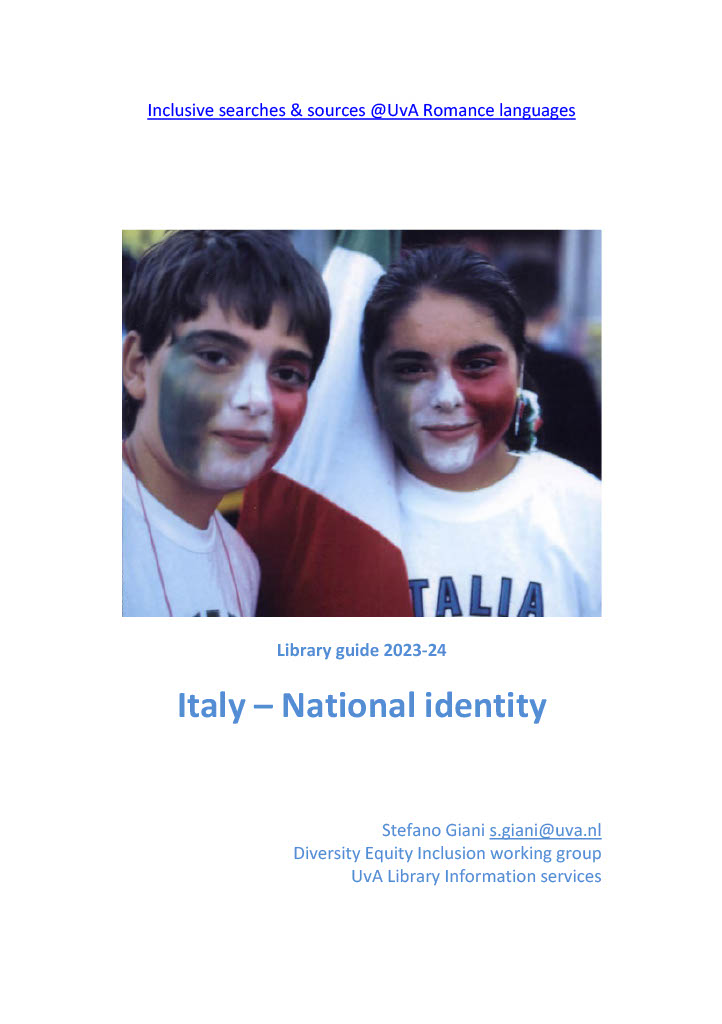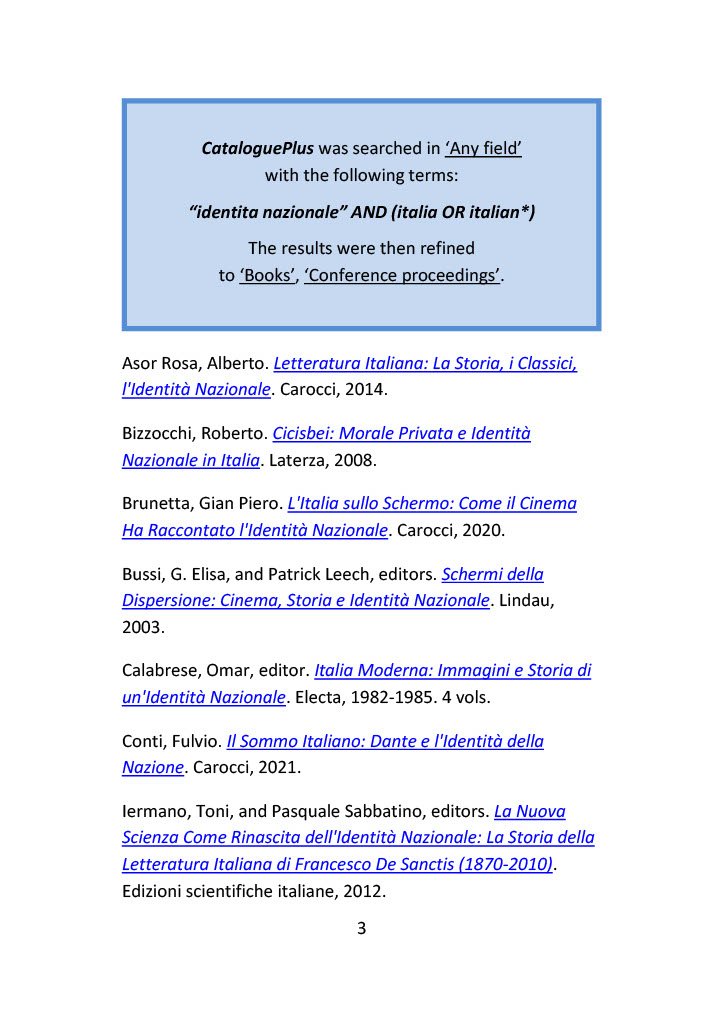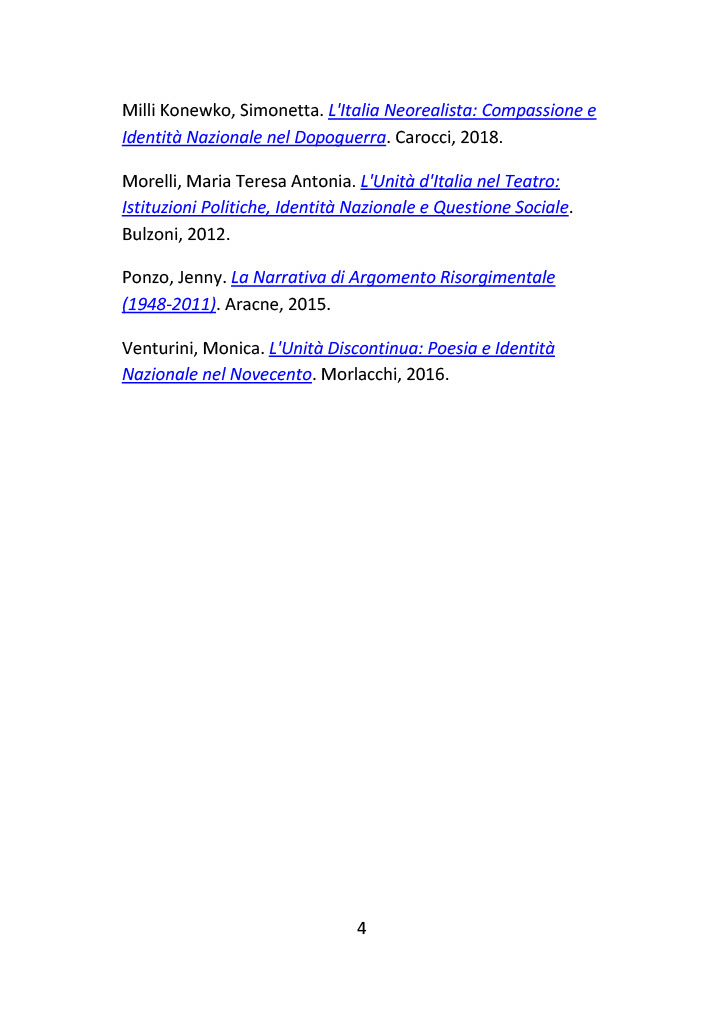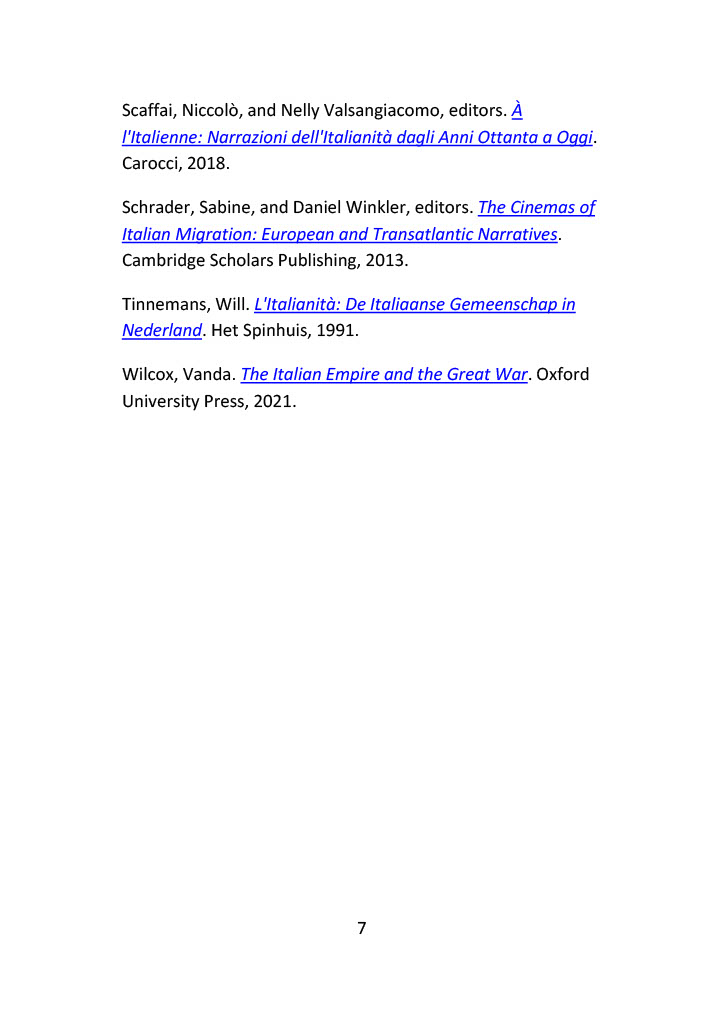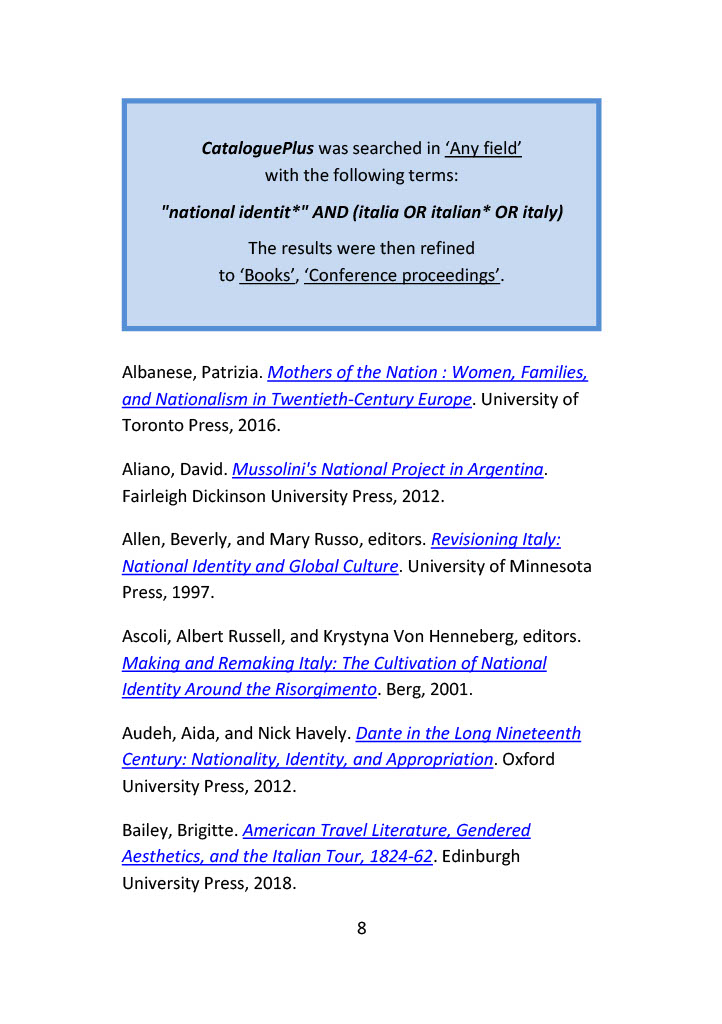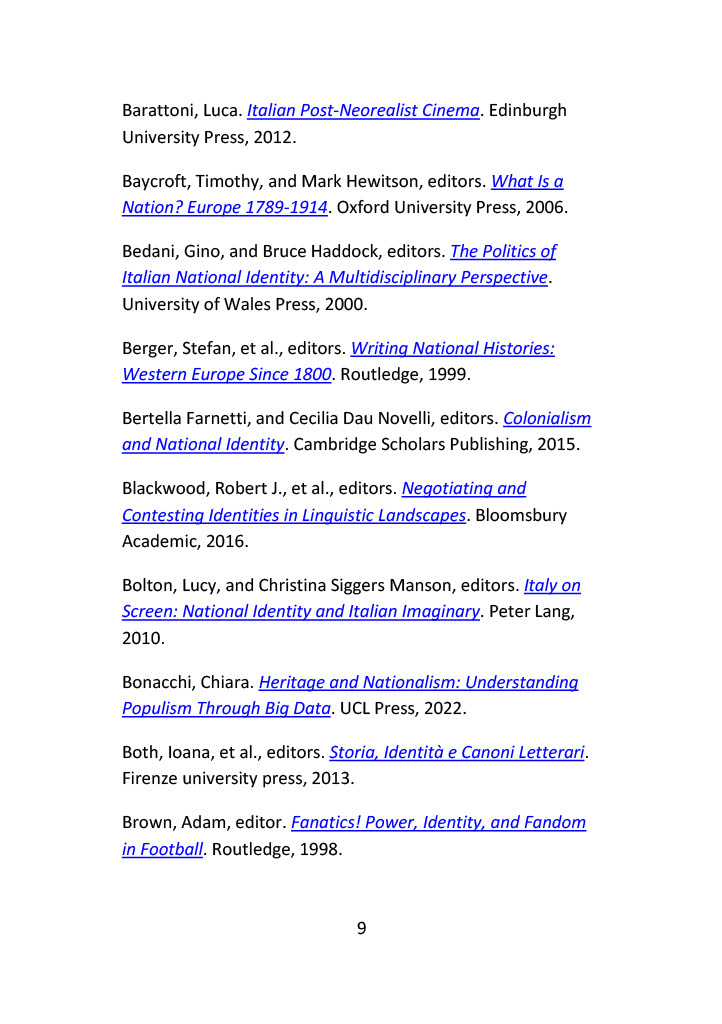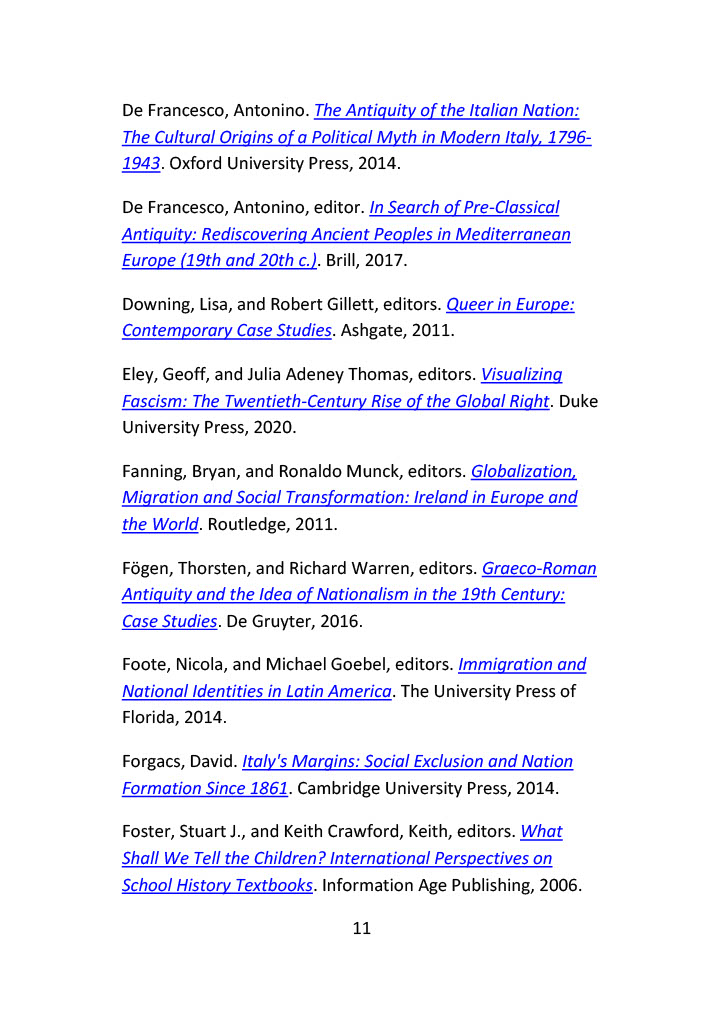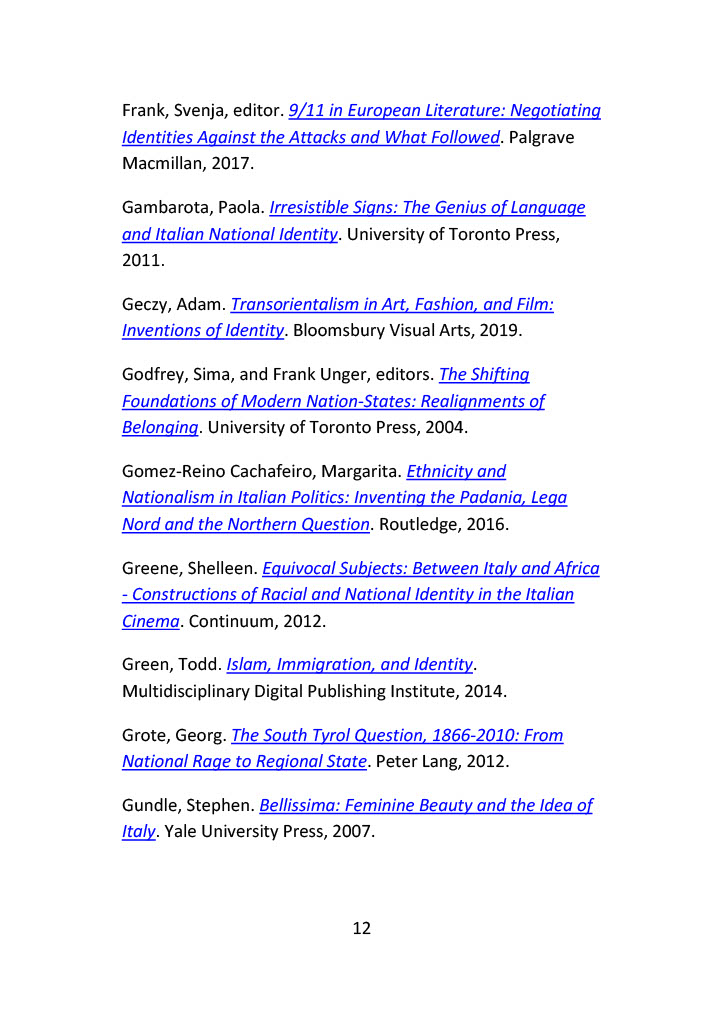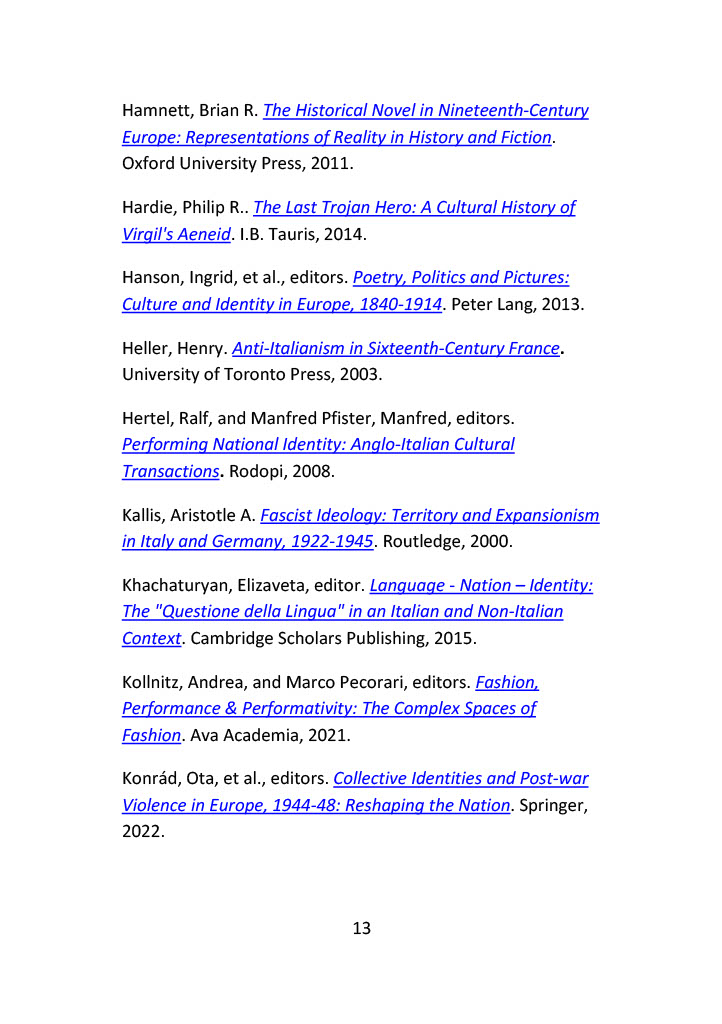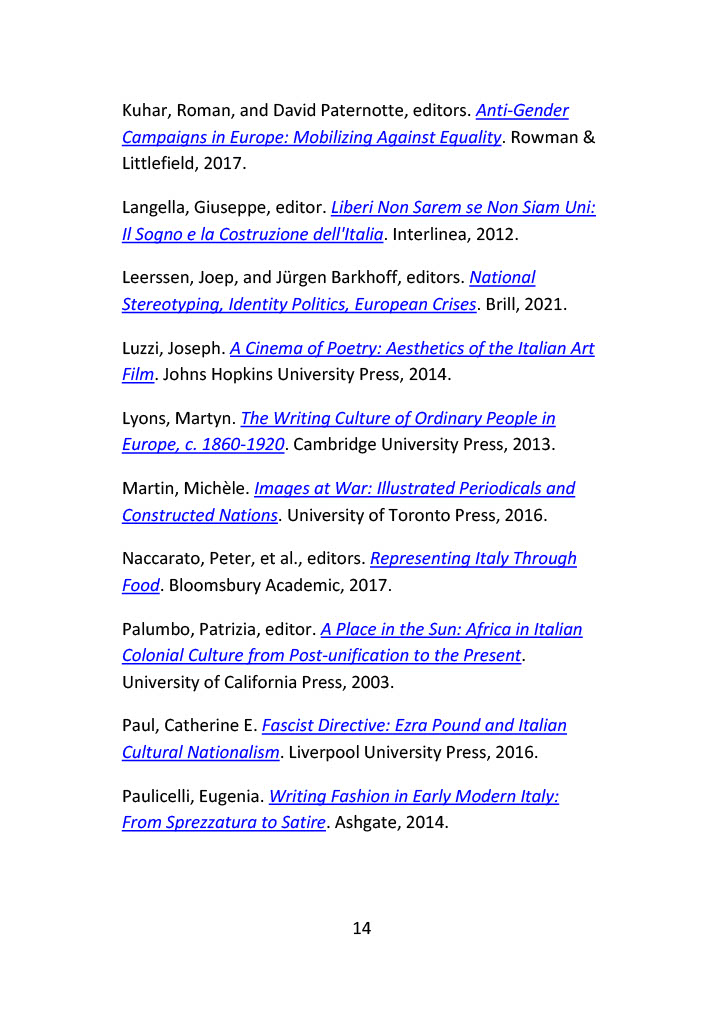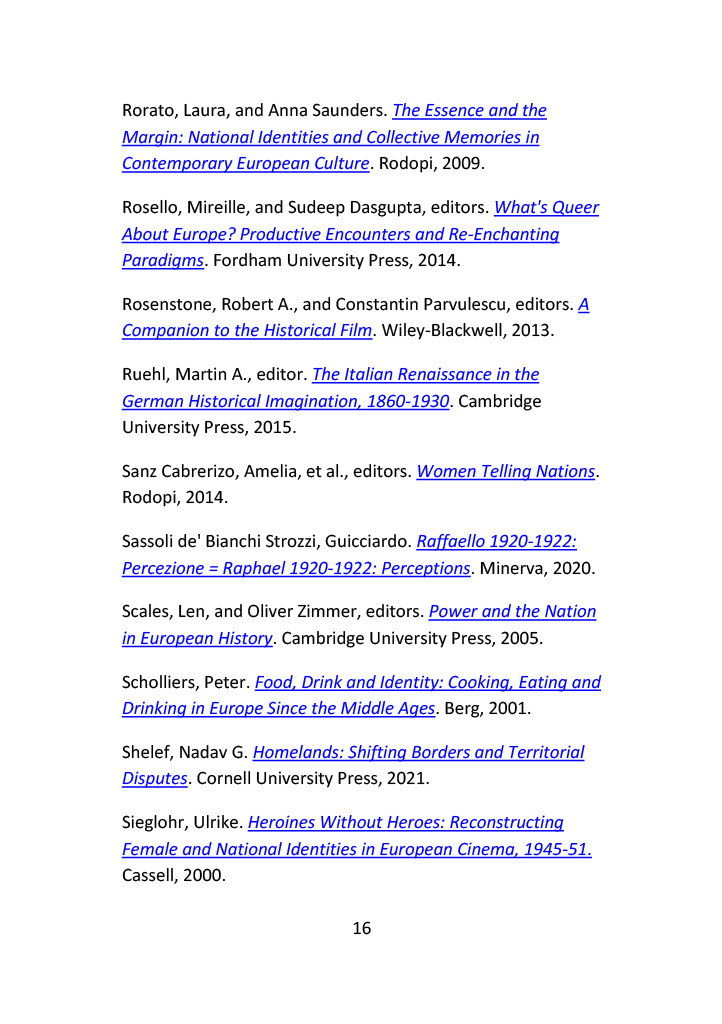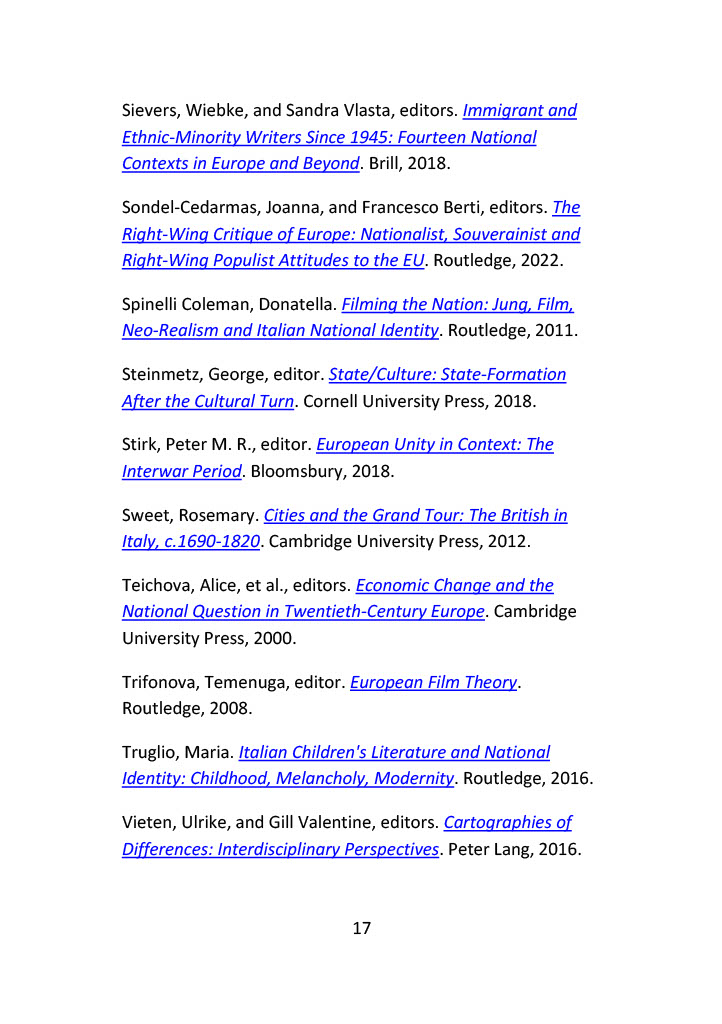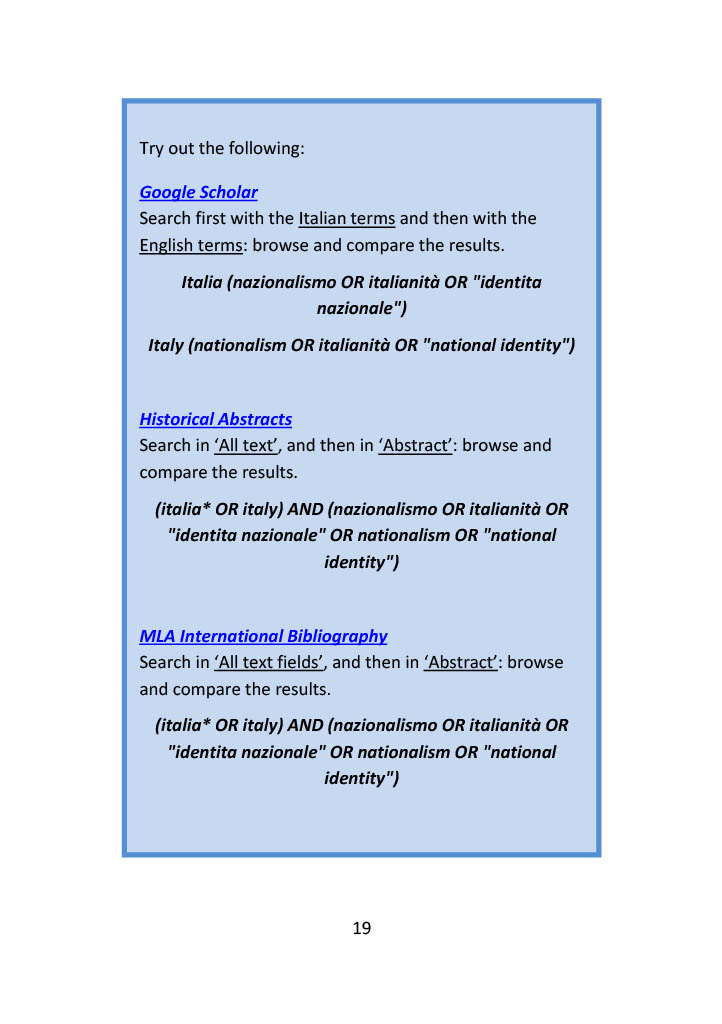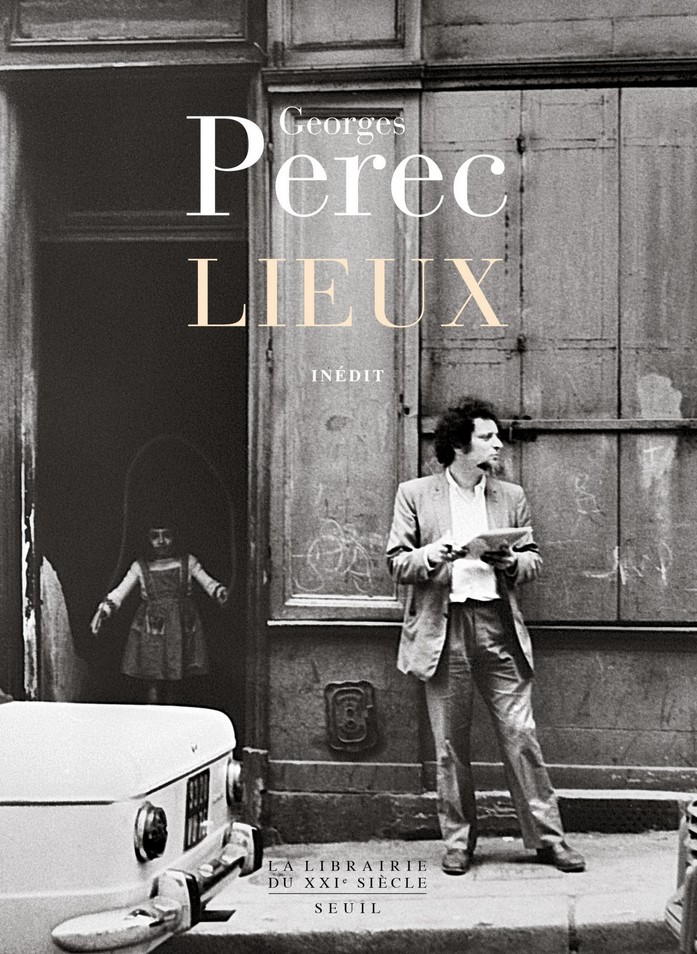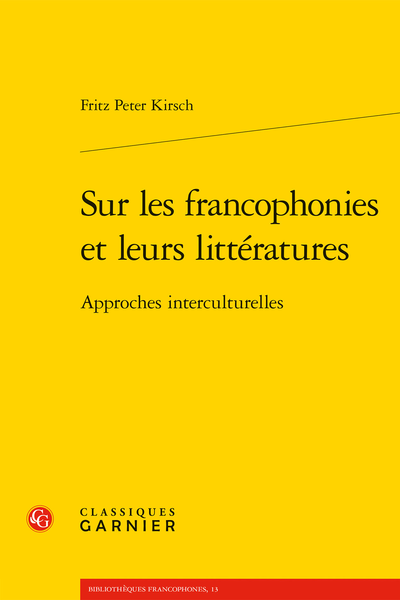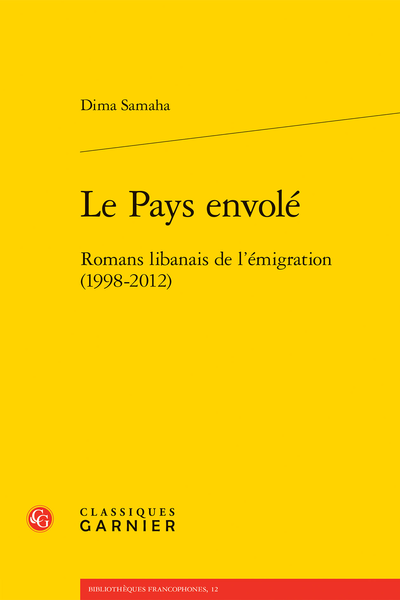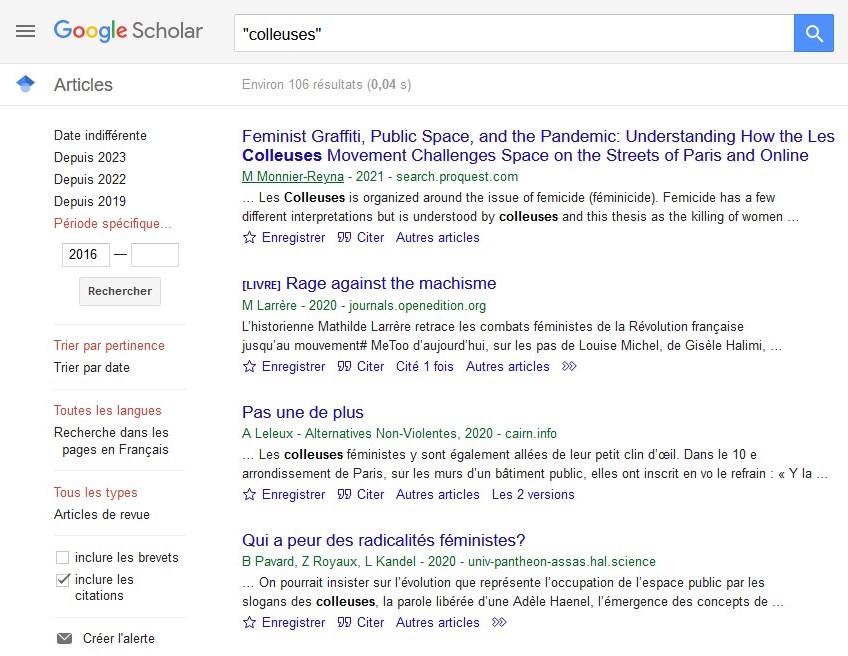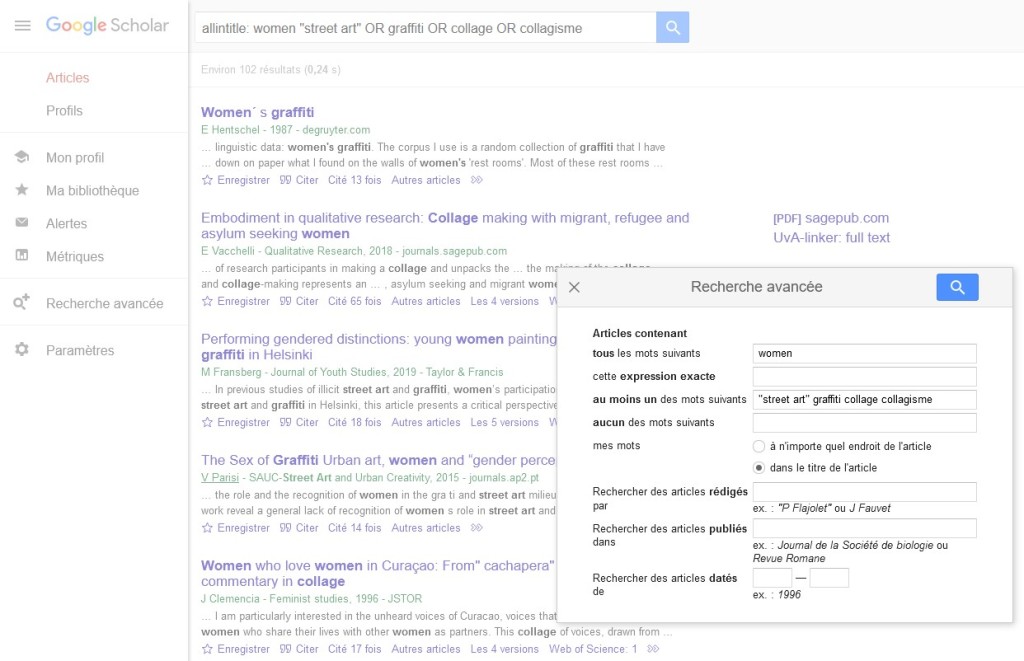Inclusive searches & sources @UvA Romance languages (25)
Whether it’s a book, a journal article, a thesis, or a Wikipedia page, the references listed by each of these sources represent a useful starting point to further explore the literature on a given topic. The aim of the current post is to give some examples of how to search for scholarly literature on queer Italy.
EXPLORE THE EXISTING LITERATURE
Here below follows some sources related to the topic. How can you use them, or those found in any other publication that you deem relevant to the topic of your assignment?
1) Identify the publications you are interested in;
2) Browse their bibliographical references (backward citation tracking);
3) Check their ‘Cited by’ scores at Google Scholar (i.e. publications which might have cited the ‘original’ source: forward citation tracking);
4) Repeat the previous steps with every new relevant publication you collect, to map further the existing literature and set up a first draft of your own bibliography.
- Cestaro, Gary P., editor. Queer Italia: Same-Sex Desire in Italian Literature and Film. Palgrave Macmillan, 2004.
- Galt, Rosalind, and Karl Schoonover. “Untimely Desires, Historical Efflorescence, and Italy in Call Me by Your Name”. Italian Culture, vol.37, no. 1, 2019, pp. 64-81.
- Marchetti, Giulia, et al. “Italian Youth Mobility: The Case for a Mediterranean Model of ‘Family-Centred’ Mobile Transitions”. Ethnicities, vol.22, no. 1, 2022, pp .108-127.
- Ross, Charlotte, et al. “Queer Italian Studies: Critical Reflections from the Field”. Italian Studies, 2019, vol.74, no. 4, pp. 397-412.
DEVISE SEARCH TERMS AND STRINGS
Apart from the above, any given publication will also help you devise keywords convenient to search literature. How can you do that?
1) let’s say that you have chosen to research writer Matteo B. Bianchi‘s fiction, specifically his debut novel Generations of love. Next to searching at the specific level of the book title and writer’s biography and work, you will also need to gather literature on the broader topic of queer Italian fiction, for the theoretical frame necessary to contextualize your own take on Bianchi’s oeuvre;
2) the Uva CataloguePlus entries to Cestaro 2004 and Ross 2019 (see full references above) provide a first set of words, highlighted in the screenshots below, which you can use as search terms: yellow are the synonyms of (or terms related to) ‘queer’, ‘Italian’, ‘fiction’; light blue are writers or books whose queer identity/work has already been researched and is therefore worth a separate search for more relevant literature;
3) based on the above, a first draft of search string could be: (feminis* OR “gender studies” OR homoerotic* OR homosexual* OR lesbian* OR lgbt* OR queer* OR “same sex”) AND “italian literature”. In CataloguePlus (searching by ‘Subject’ or ‘Title’, see screenshot), this retrieves (at the time of writing) 392 titles;
4) apart from adjusting the previous string – for example by adding words such as ‘books’, ‘fiction’, ‘novels’, ‘short stories’ to the ‘italian literature’ component – something you’ll definitely want to do is to search also using Italian words (for the rationale of this, see the Library333 post Finding scholarly literature in languages other than English): (femminis* OR gender OR omoeroti* OR omosessual* OR lesbic* OR lgbt* OR queer*) AND “letteratura italiana”;
5) conveniently adjusted – as mentioned above and as might be requested by a different search tool (such as Google Scholar, see Google Scholar: bias, settings, advanced search, alerts) – both the English and Italian search string can be used also with other (bibliographic) resources relevant for Italian Studies (see list here).





